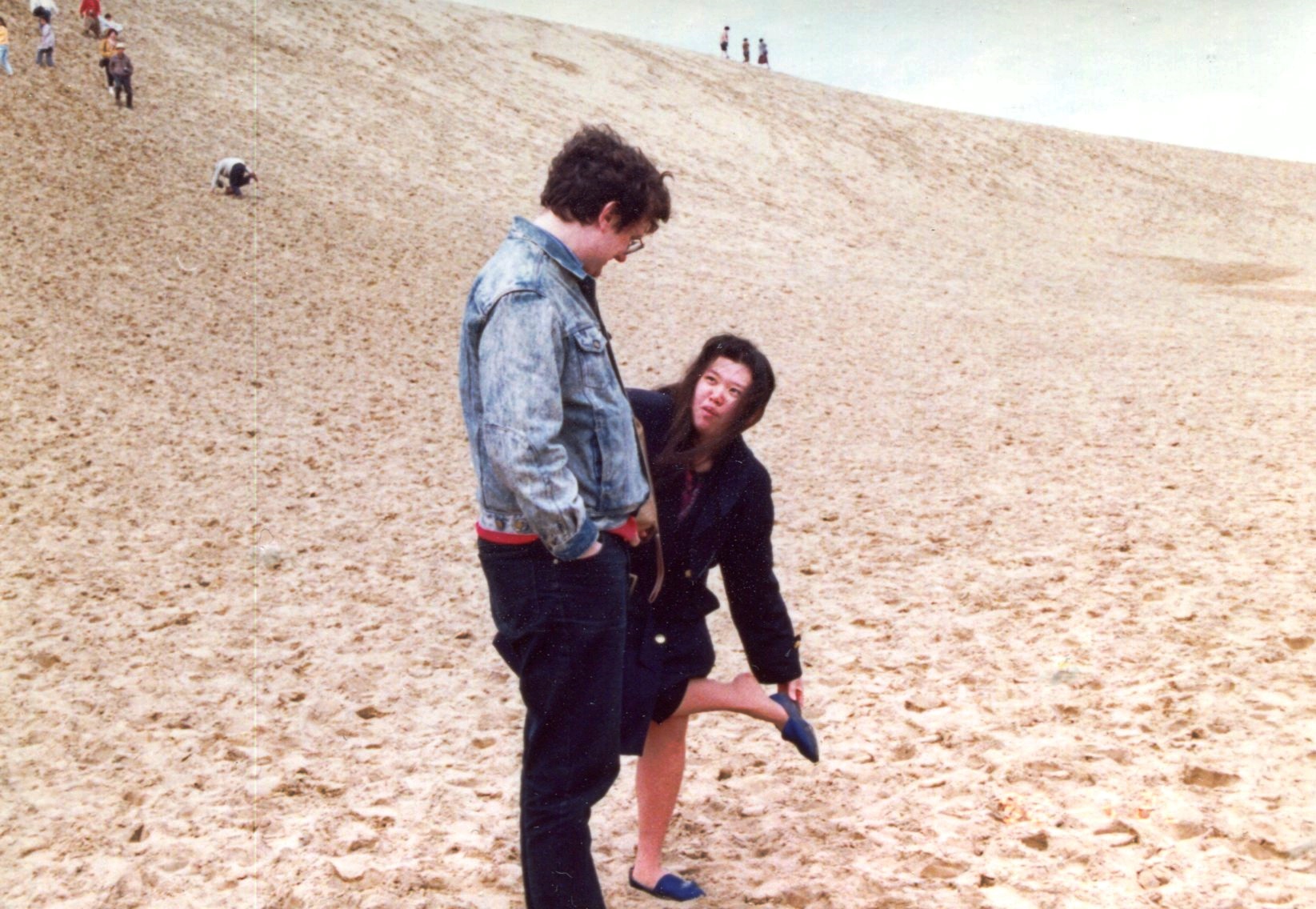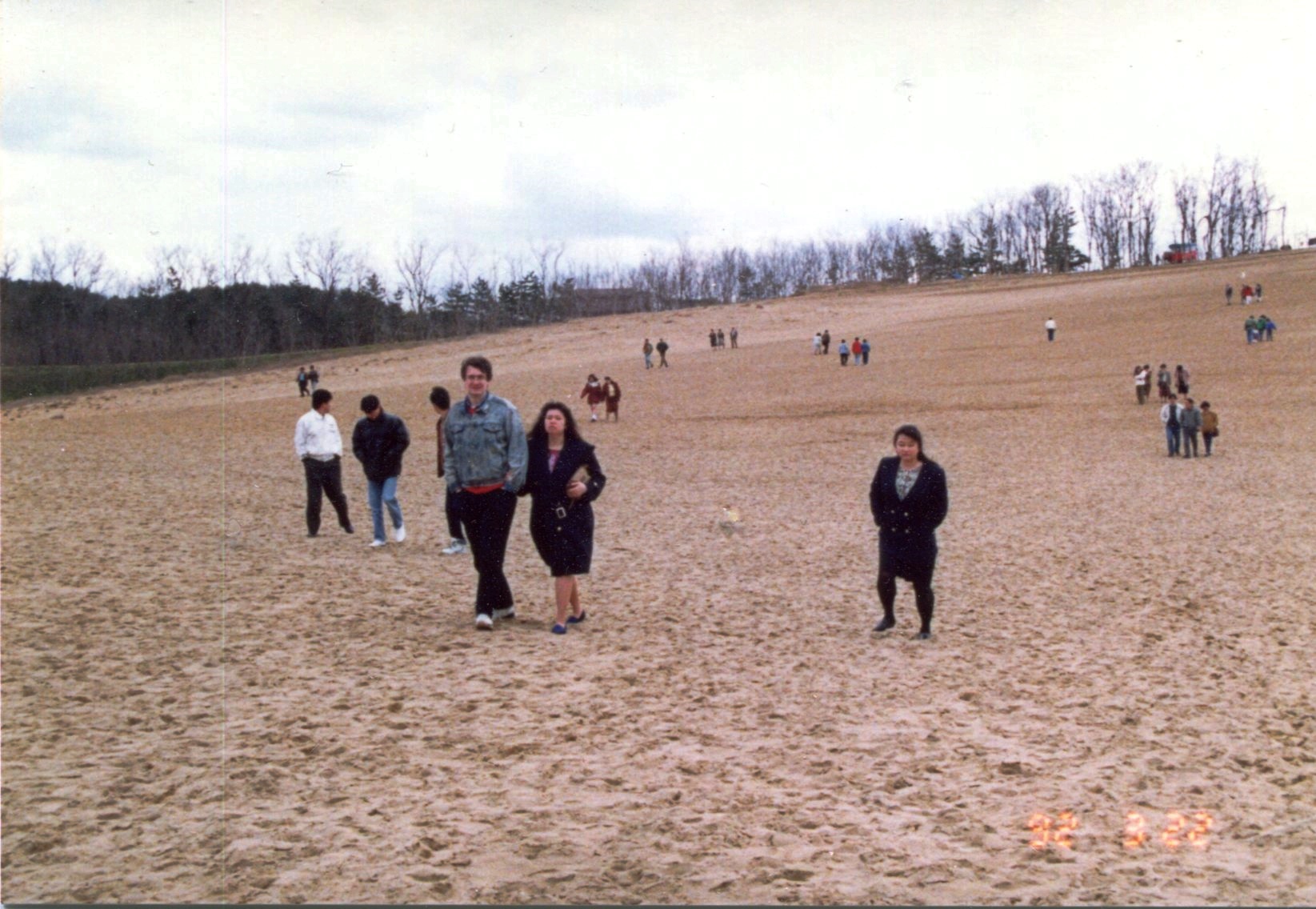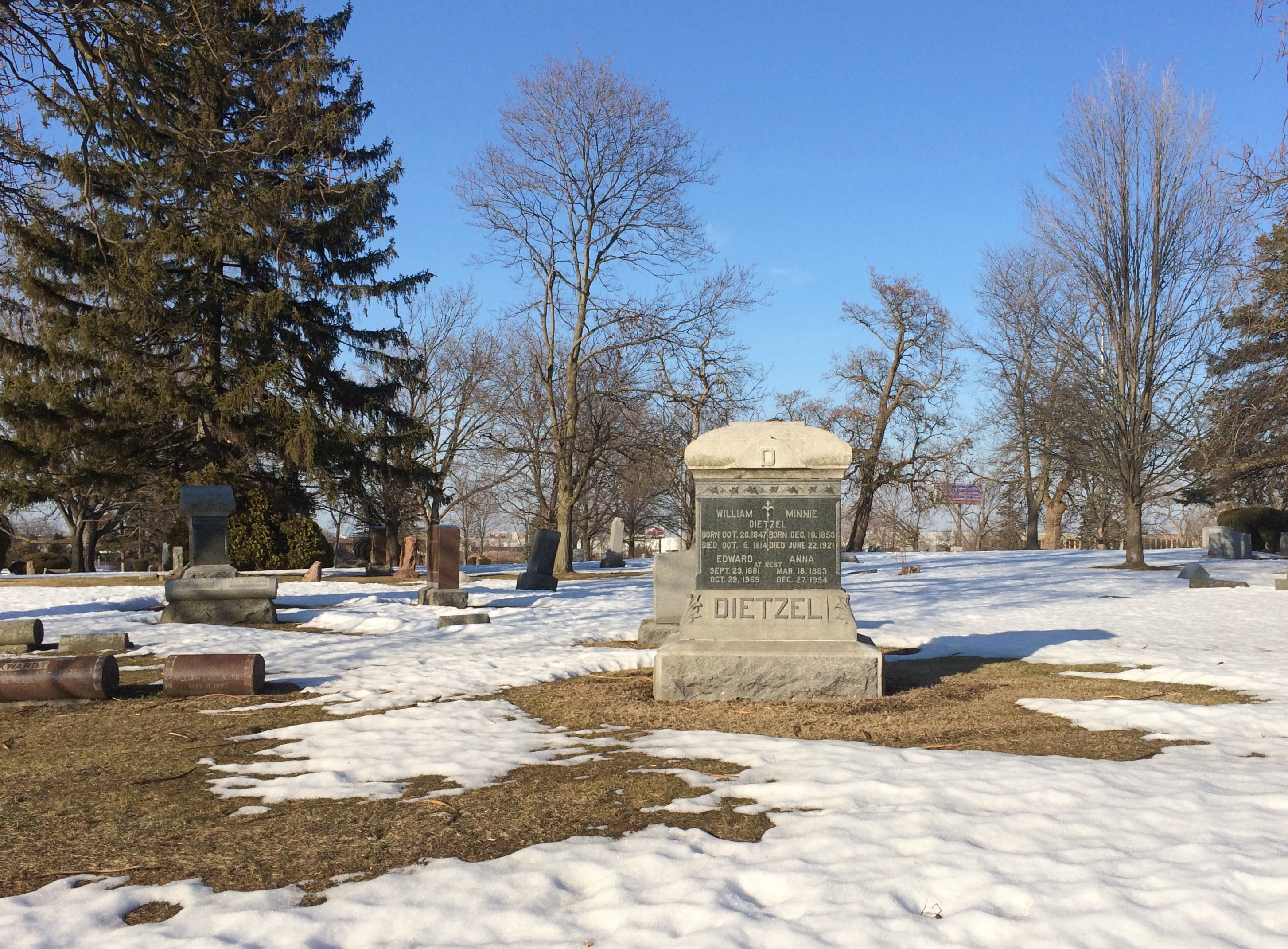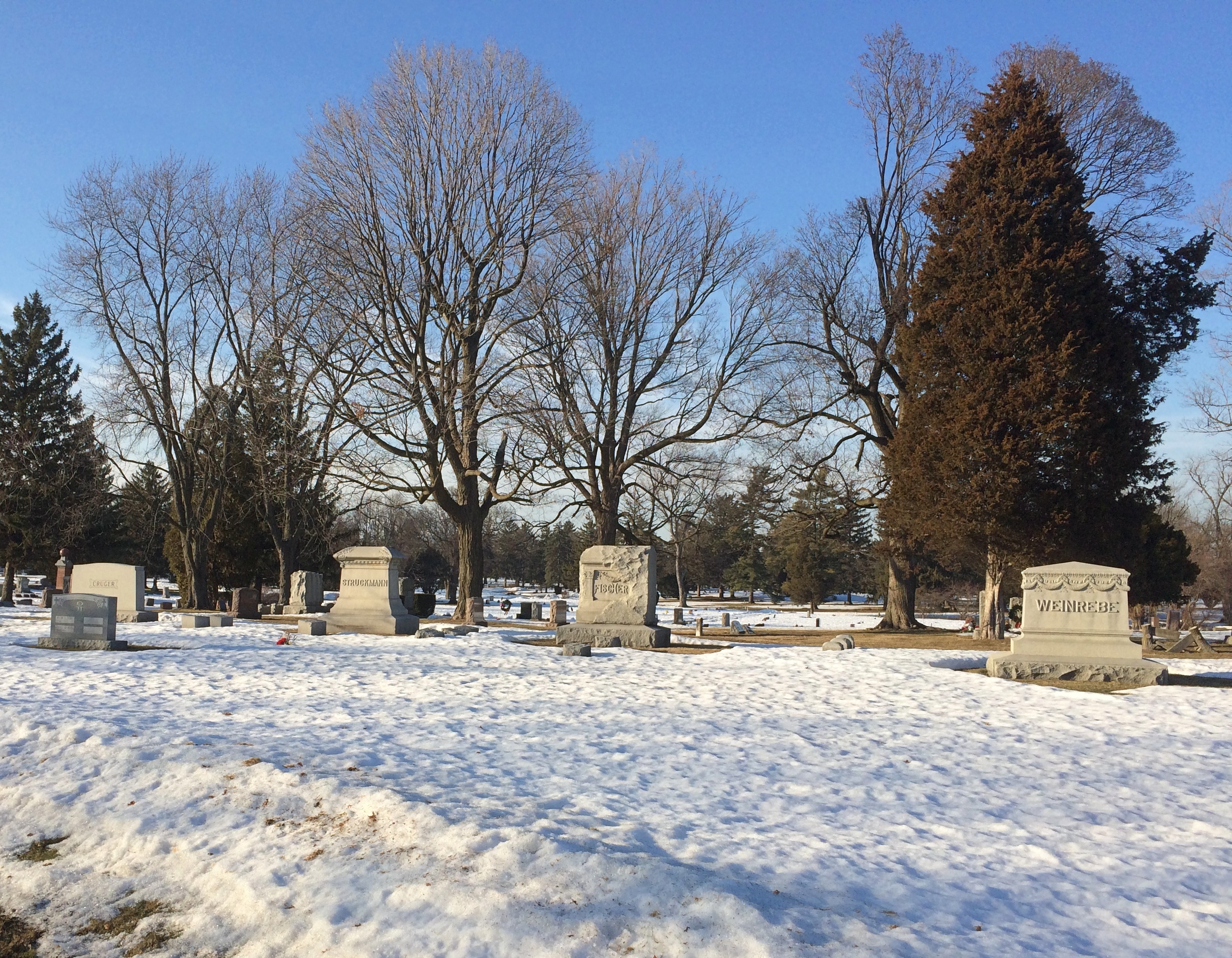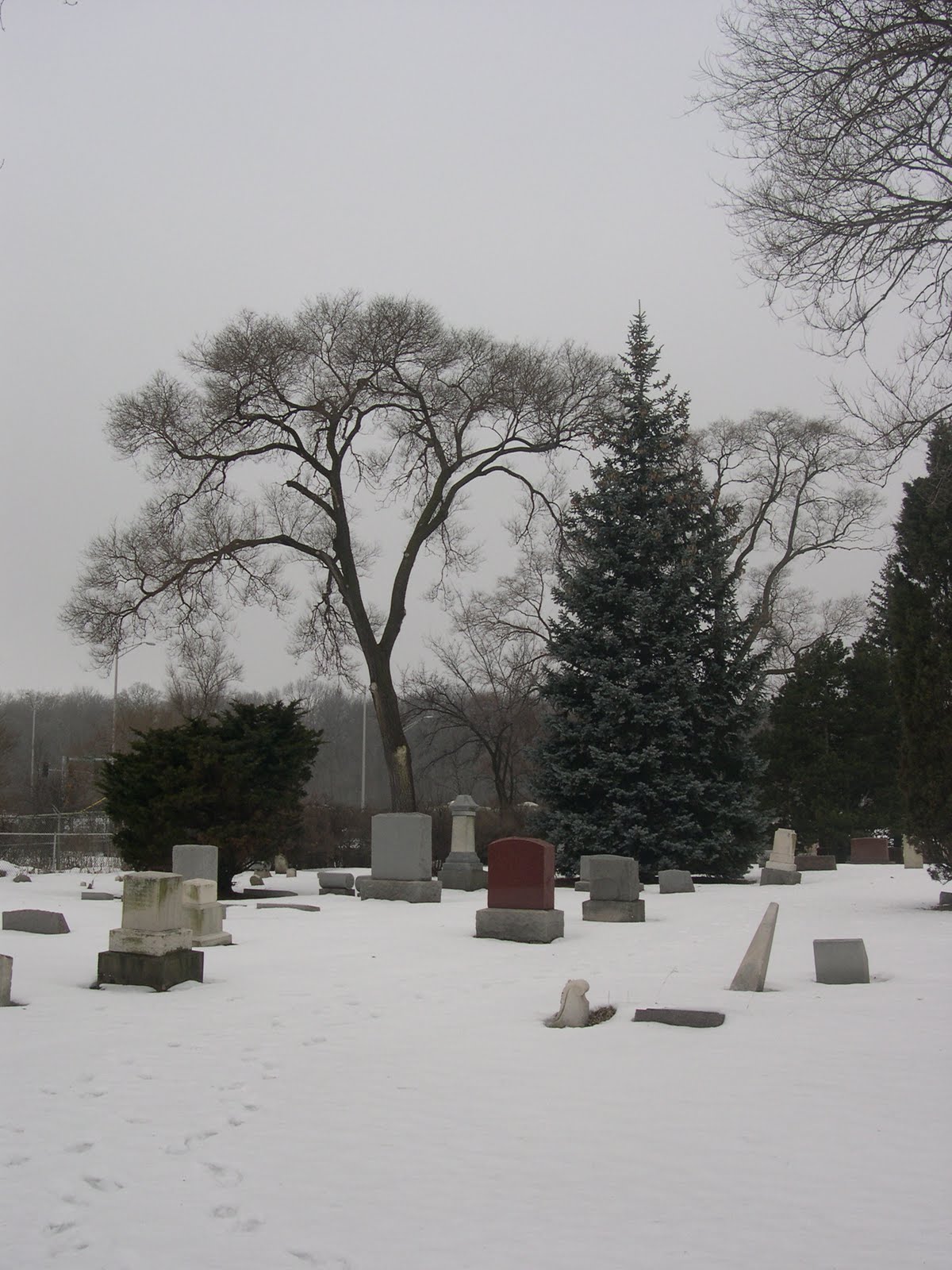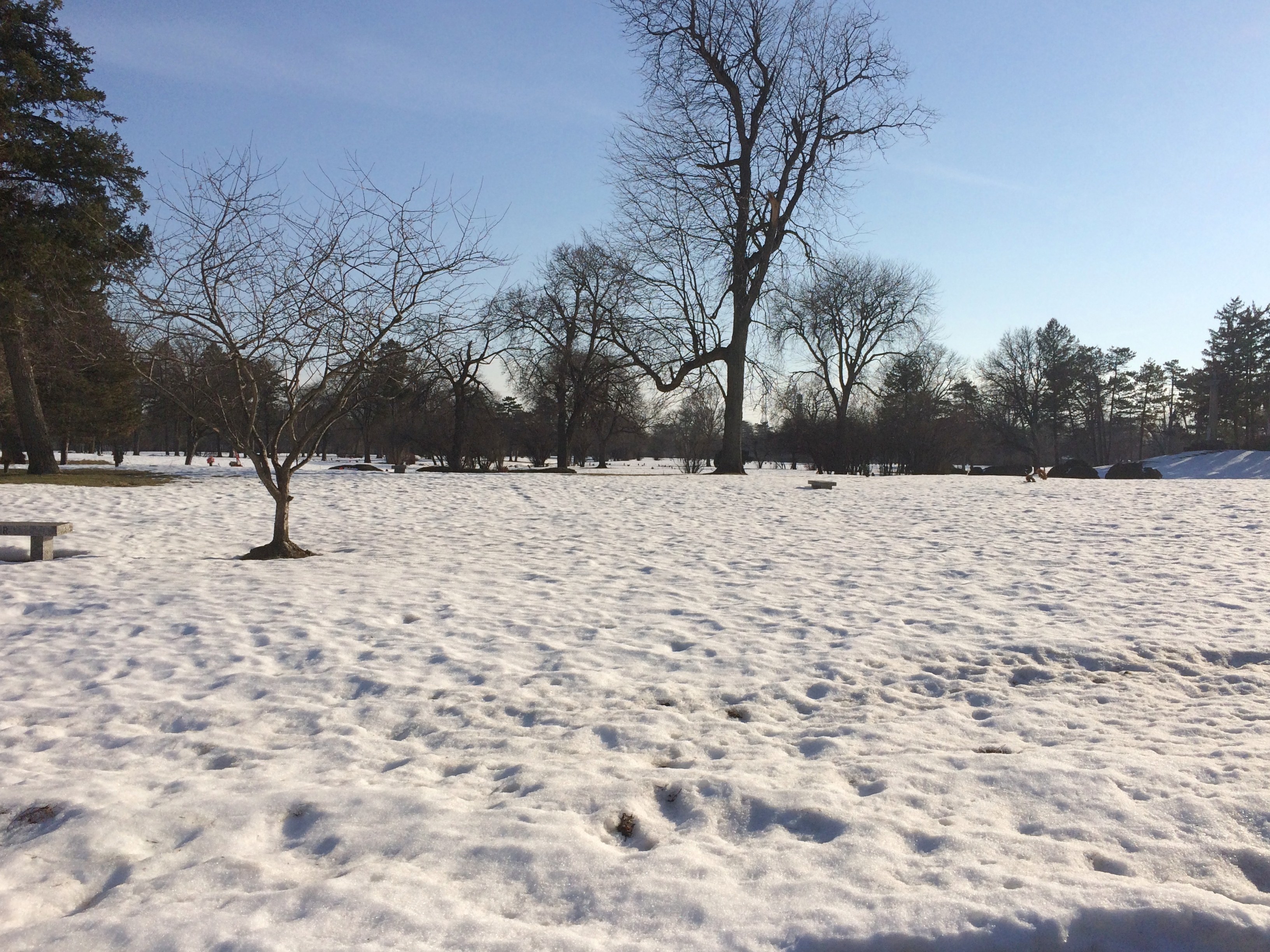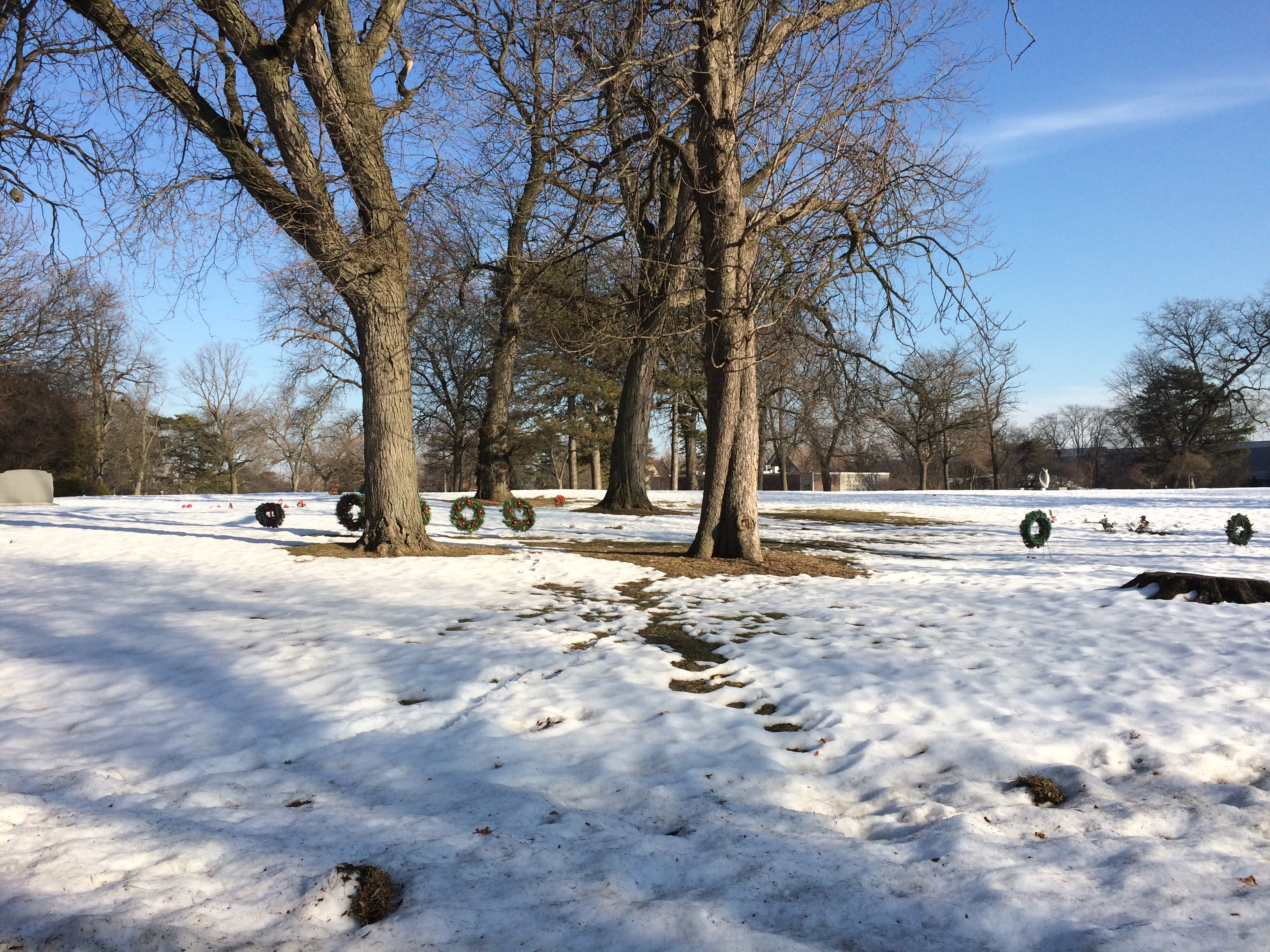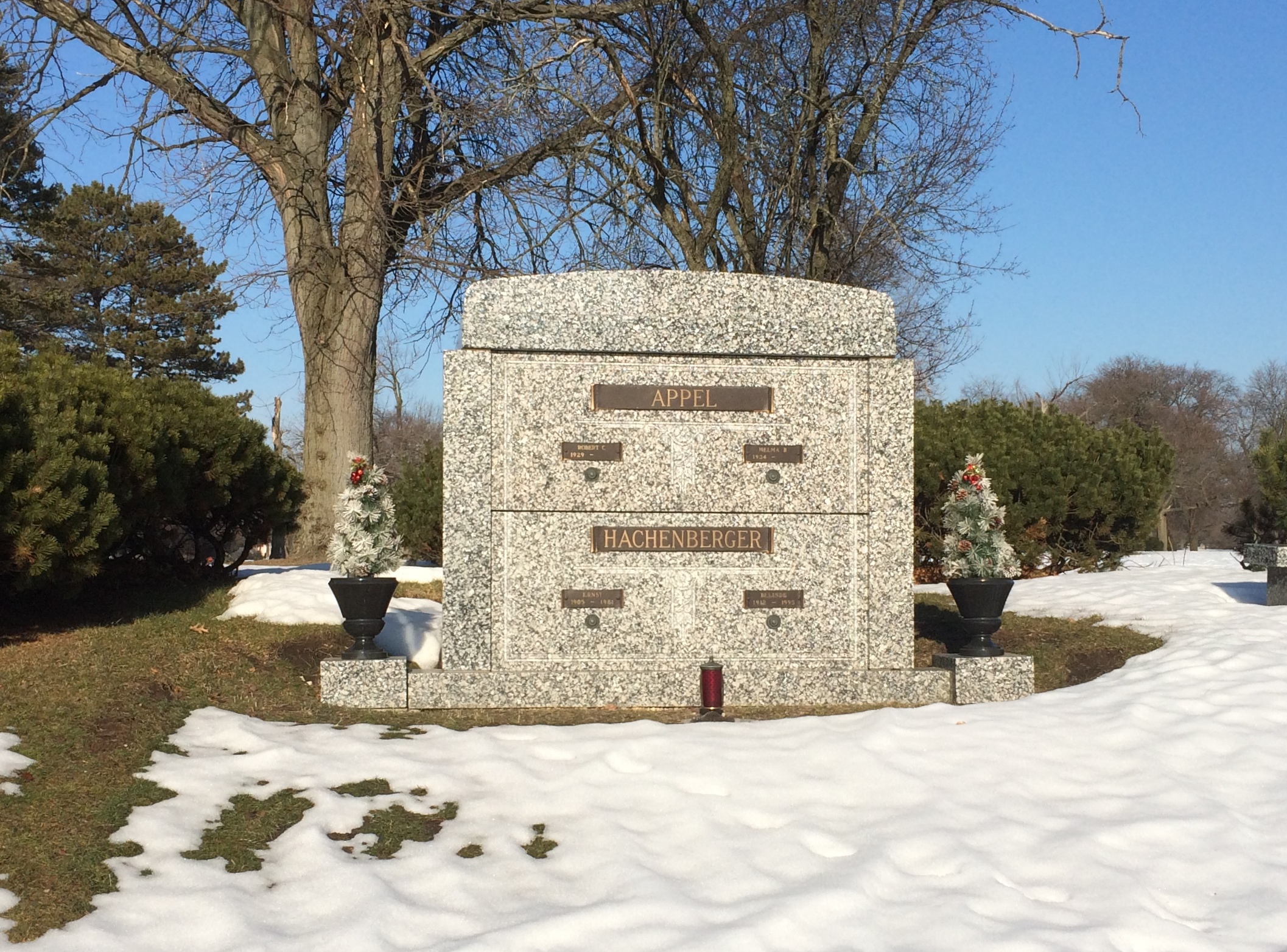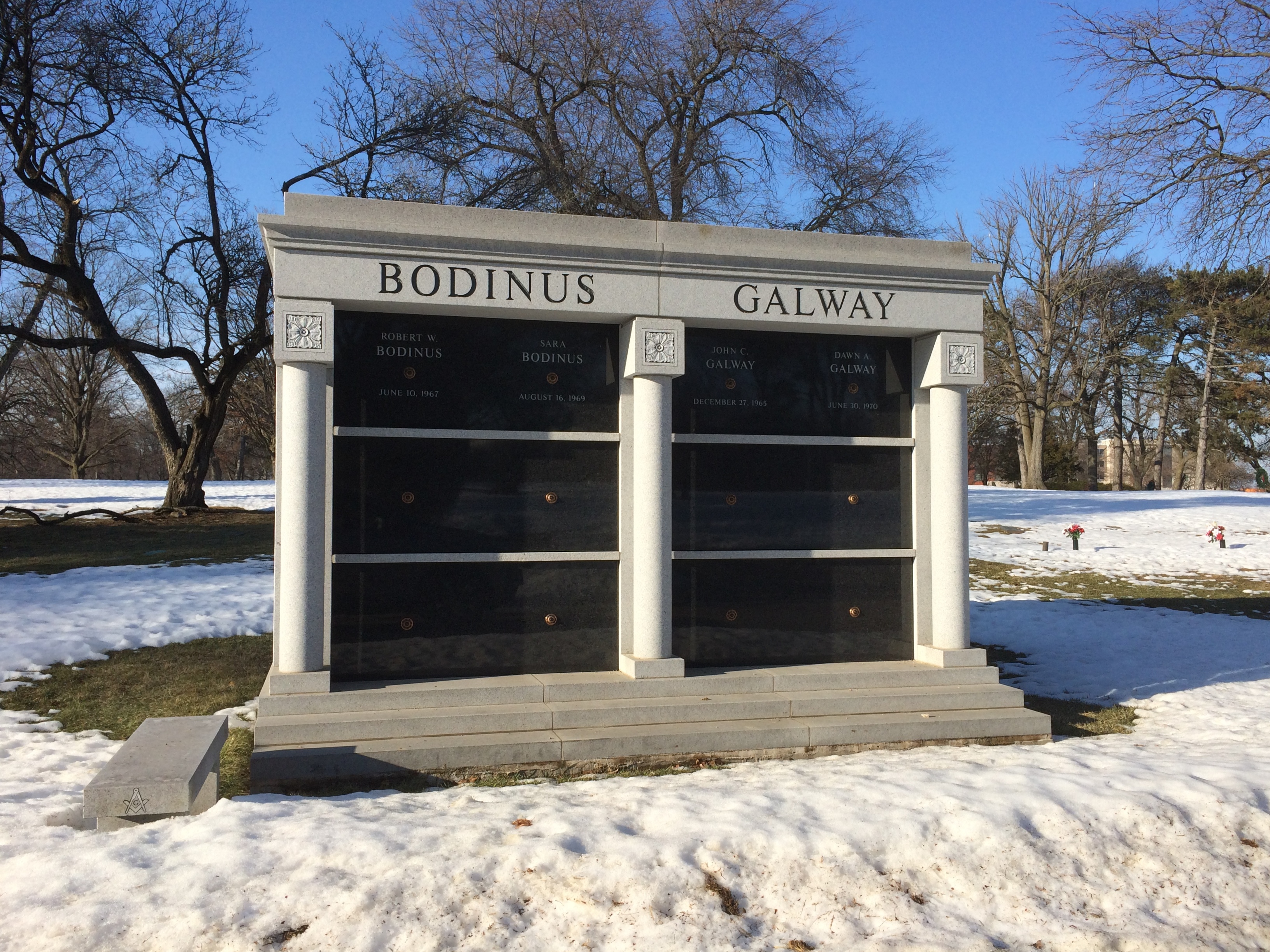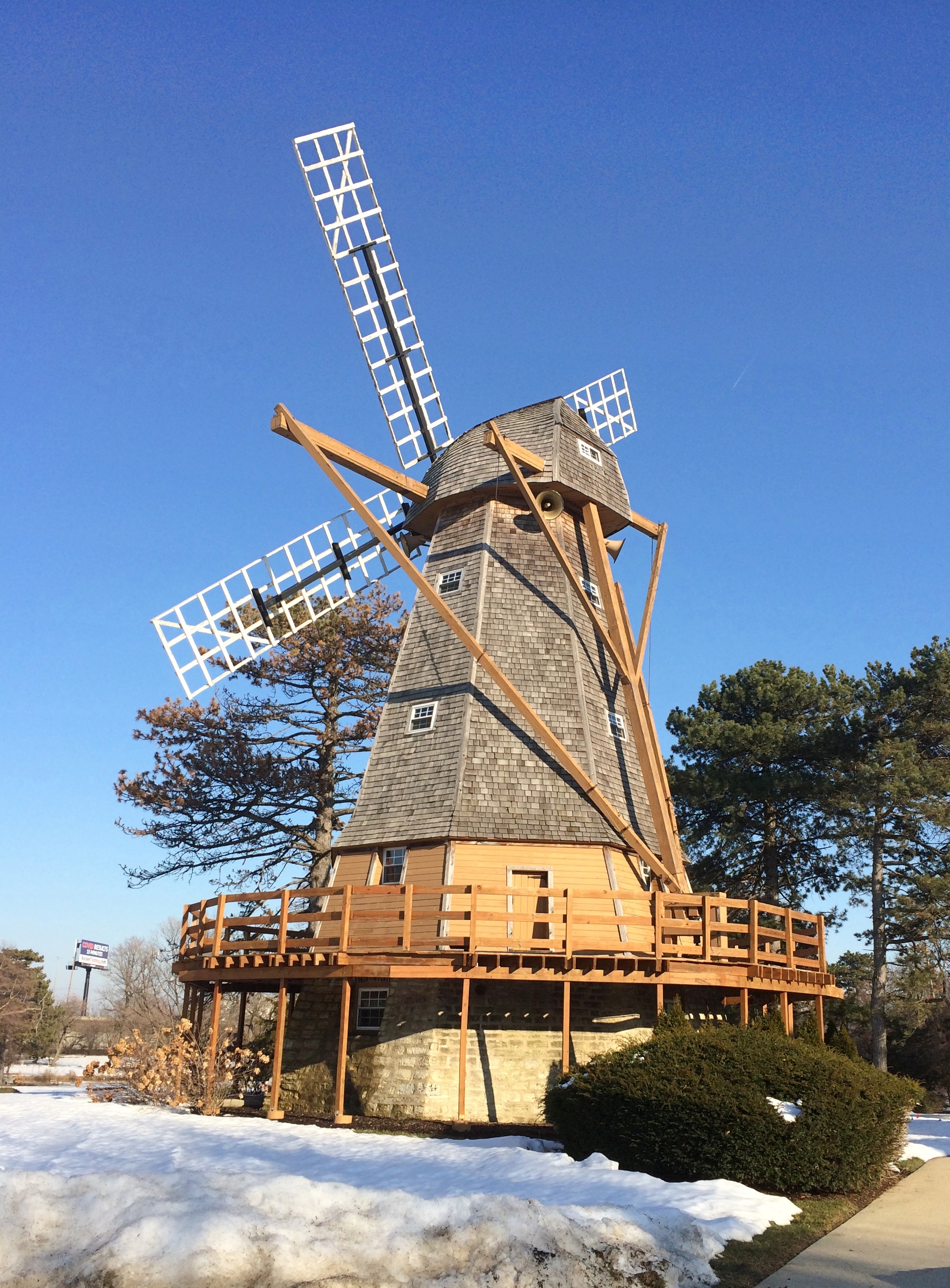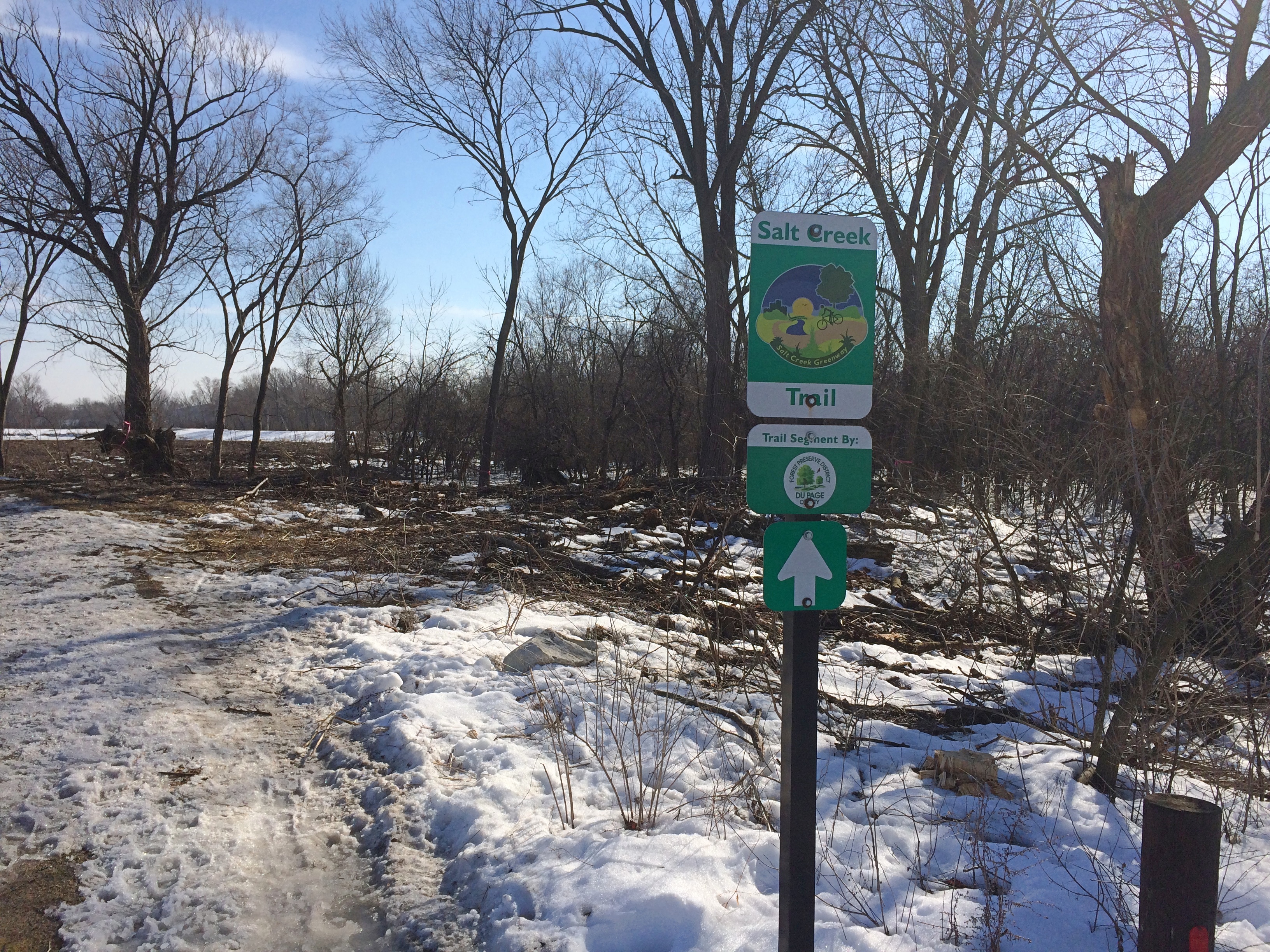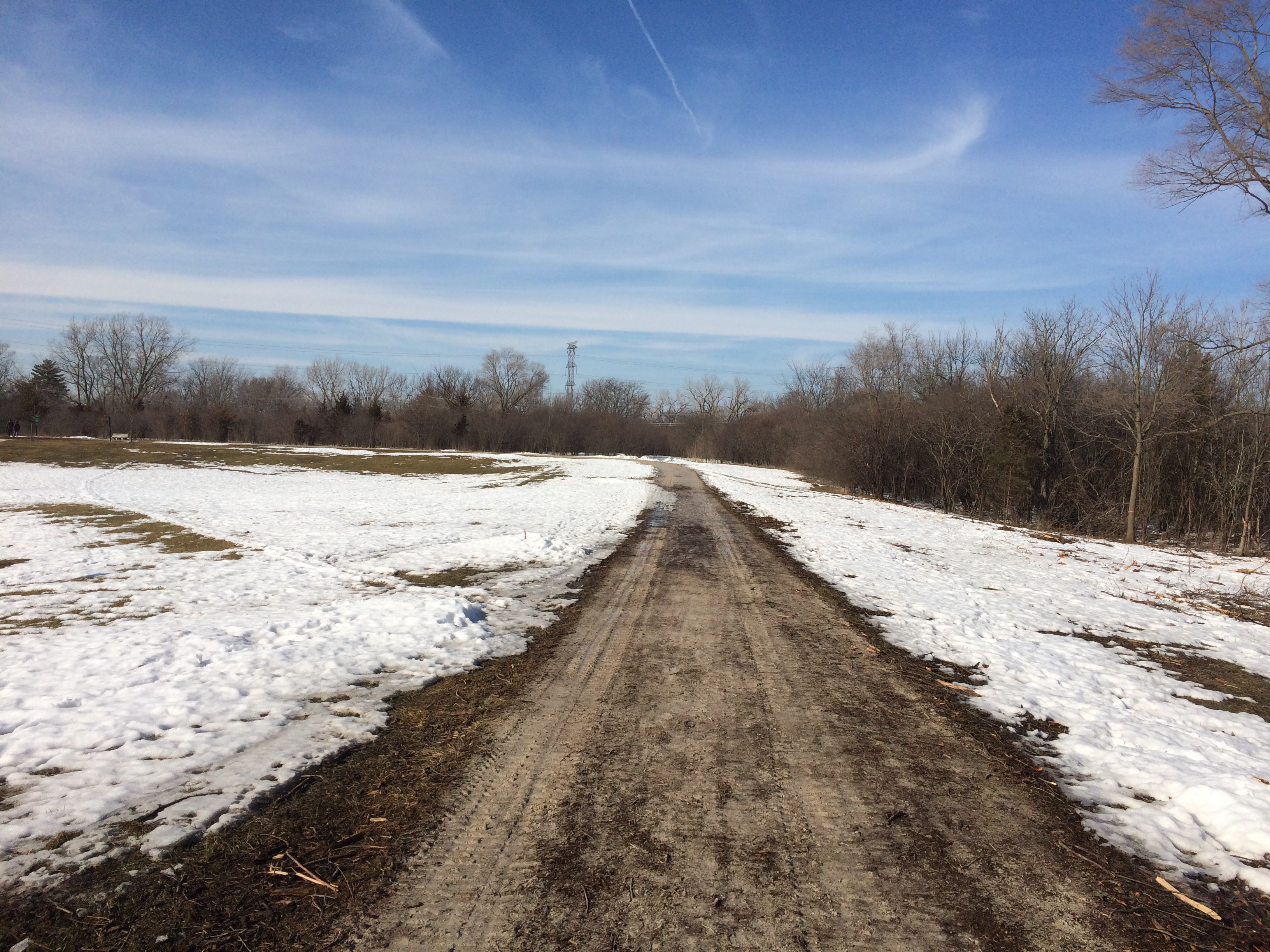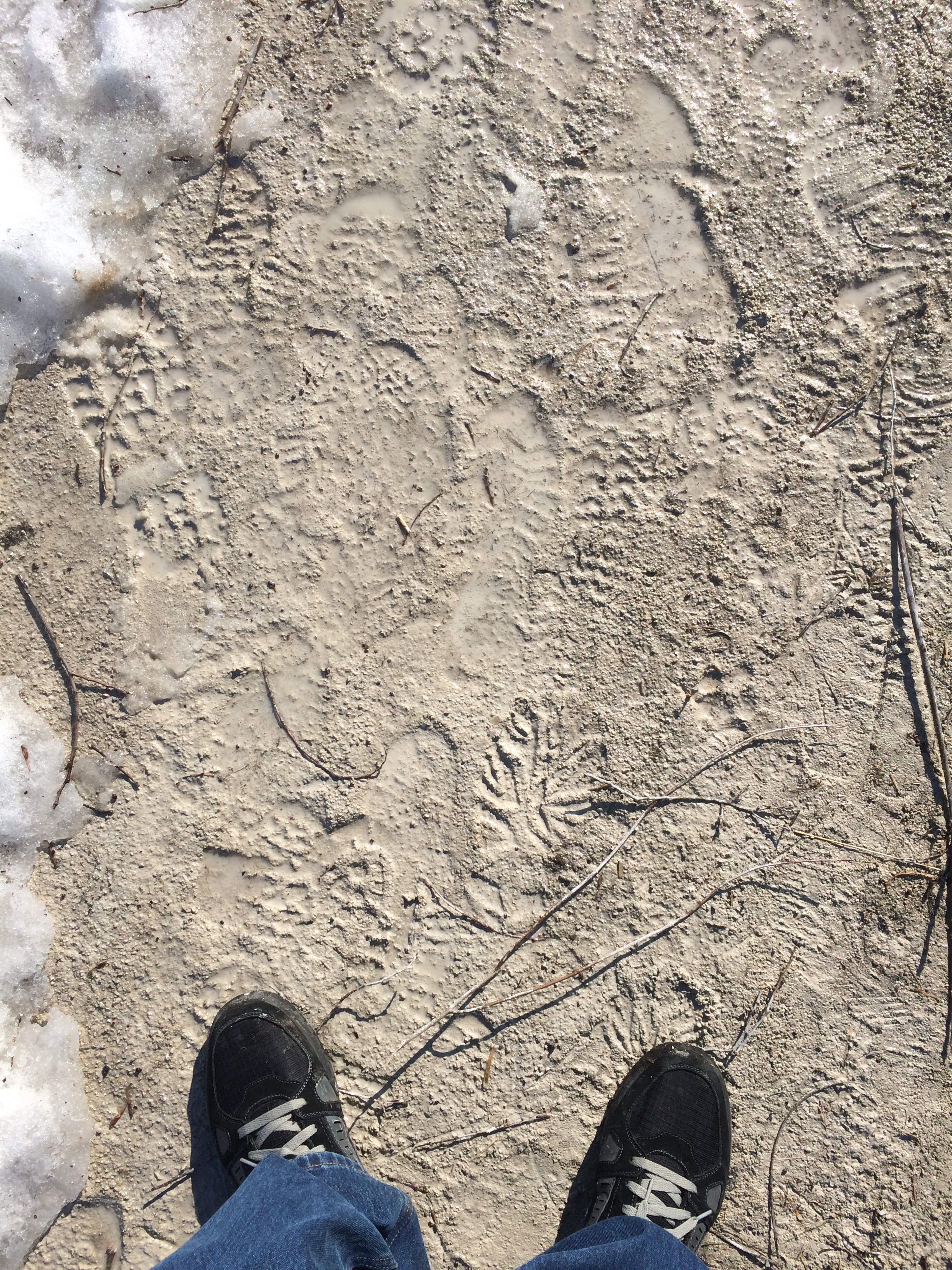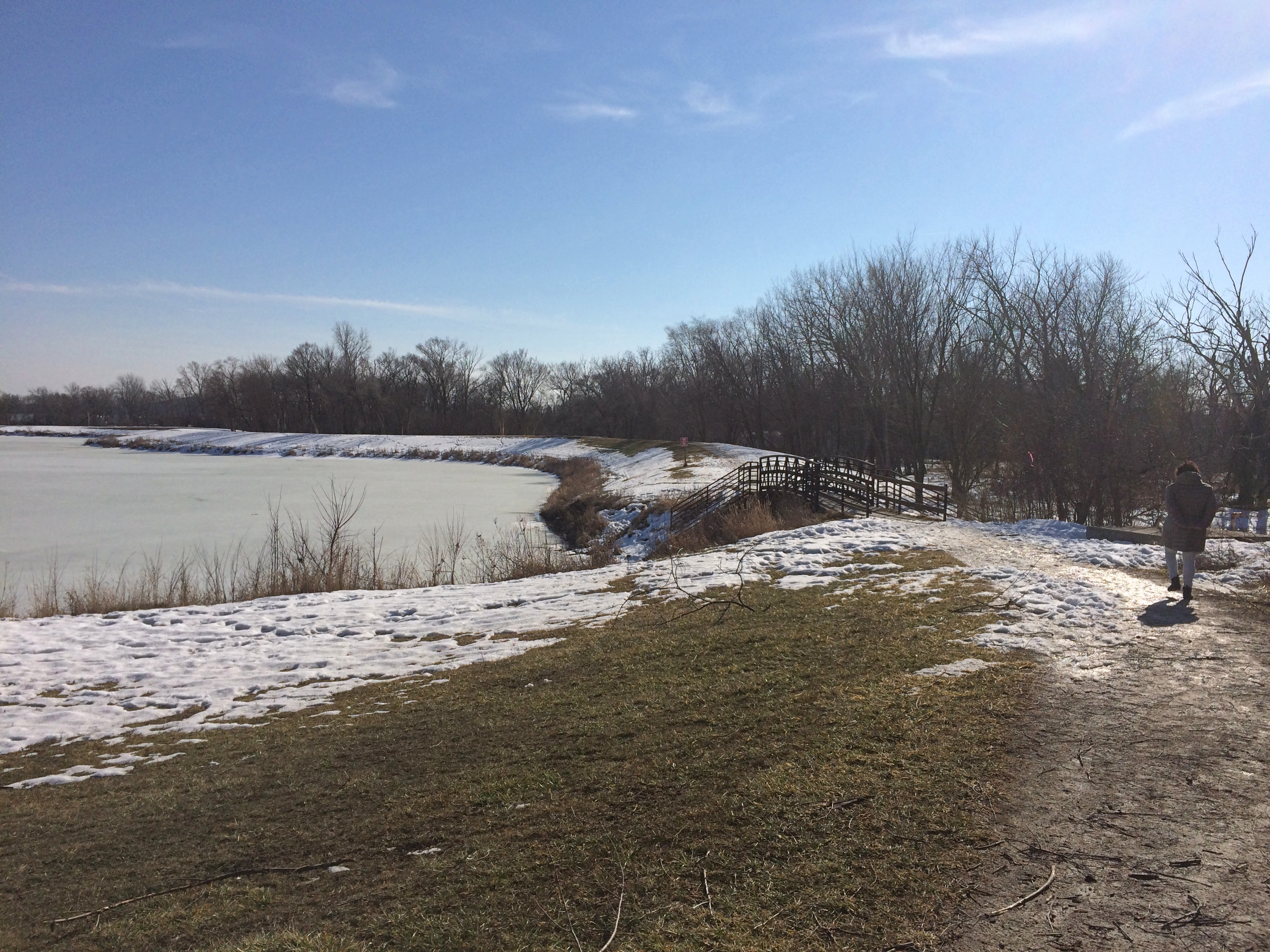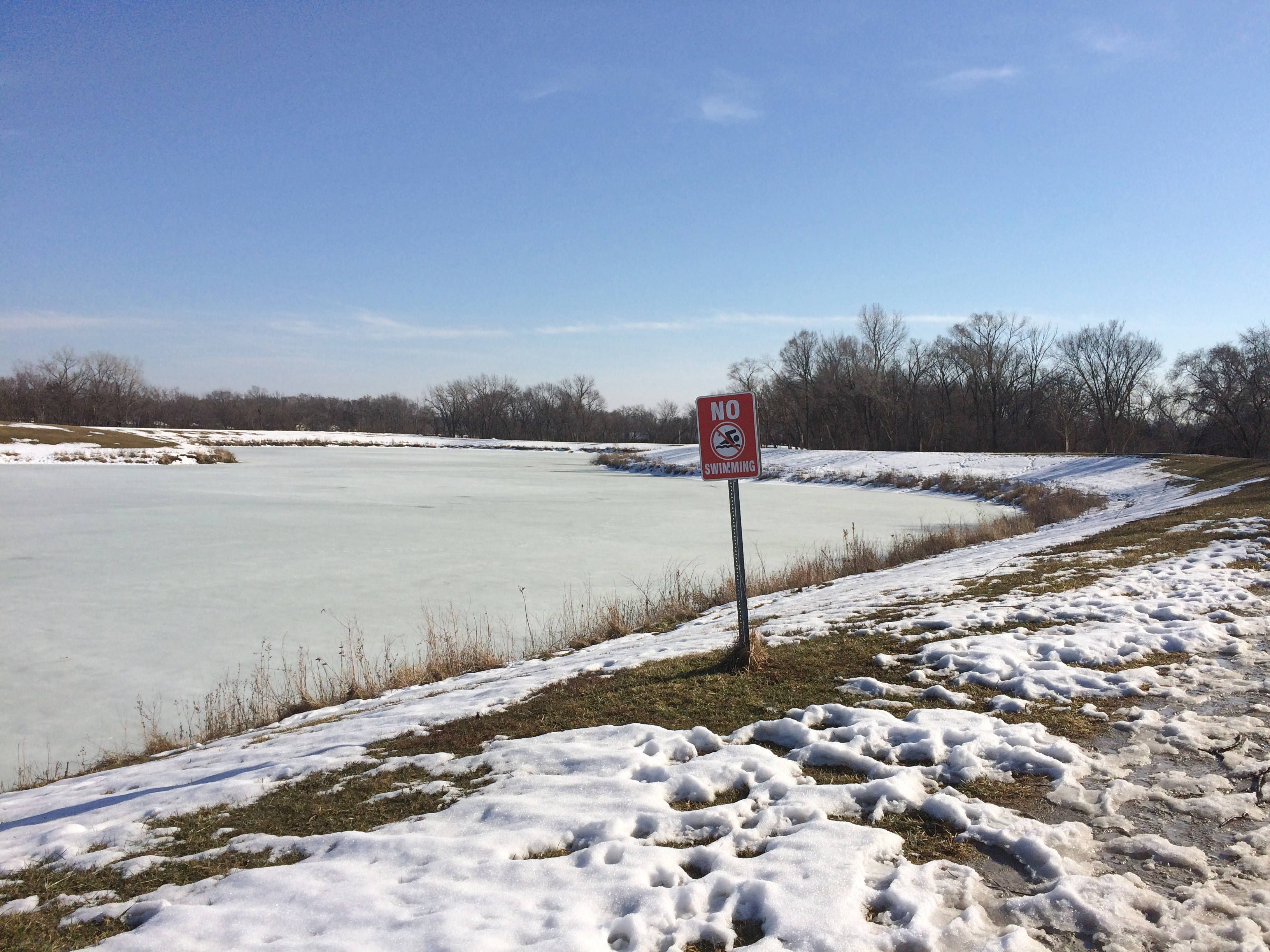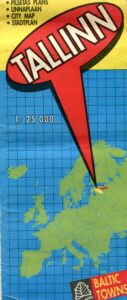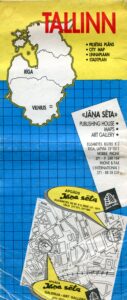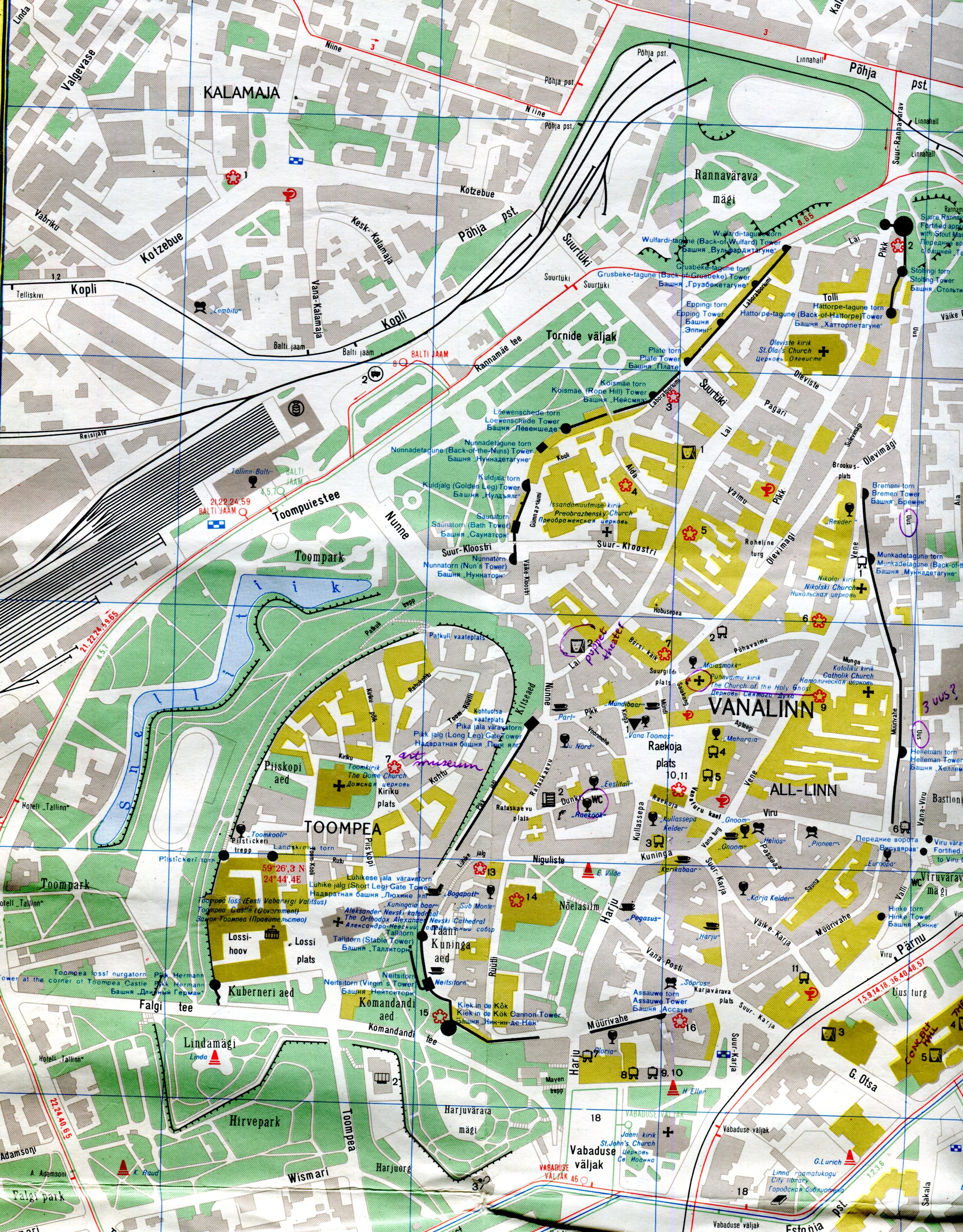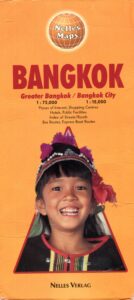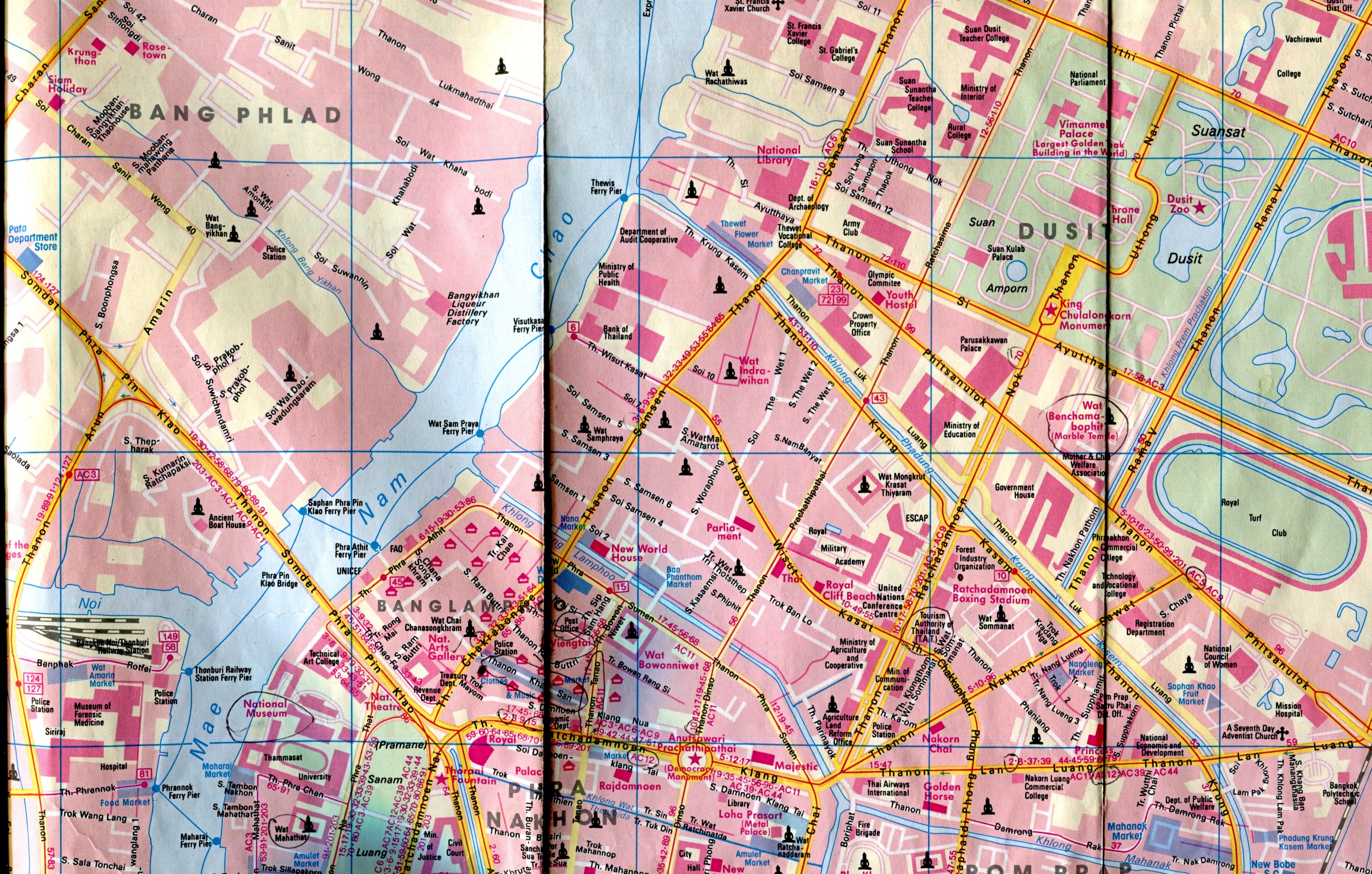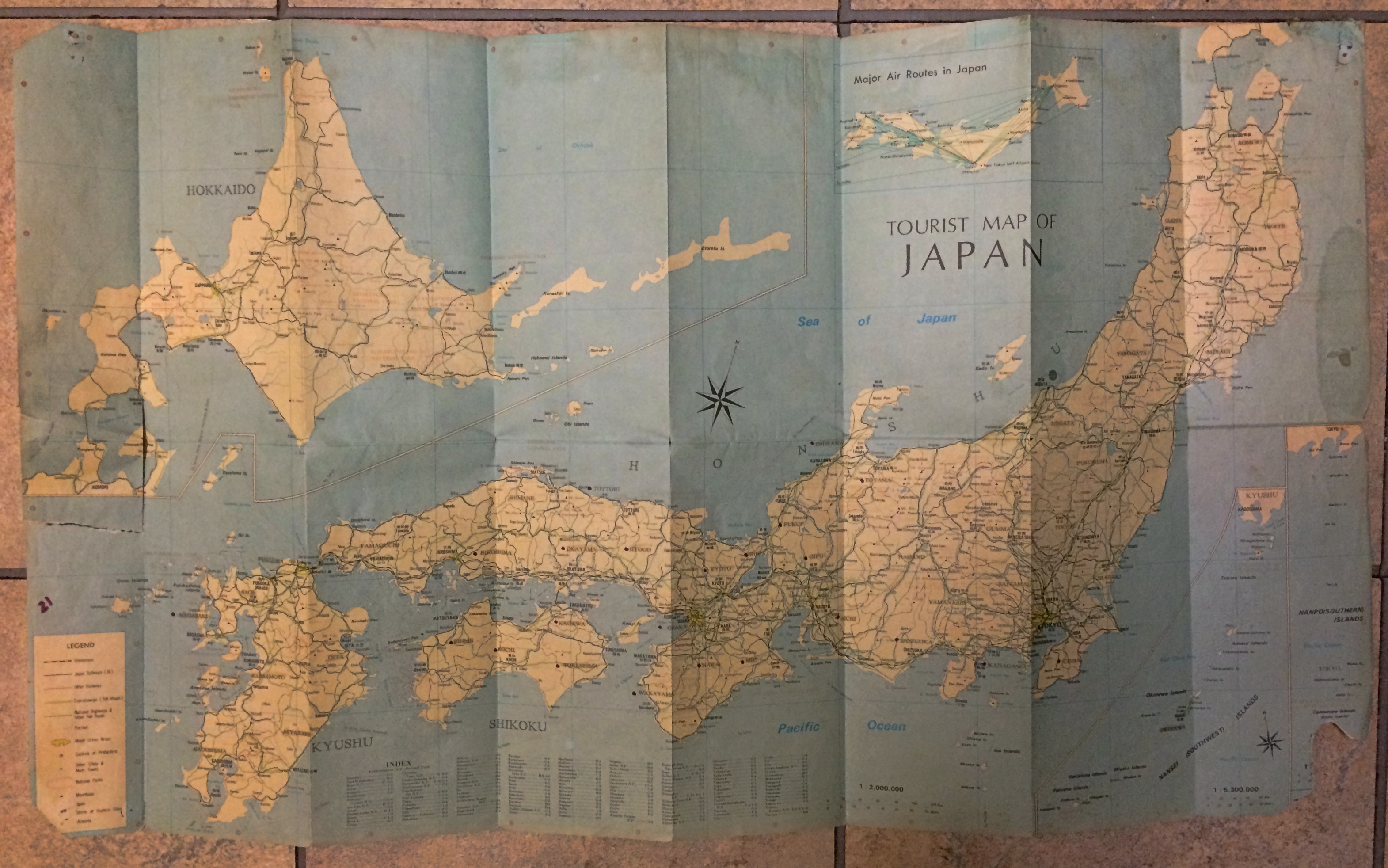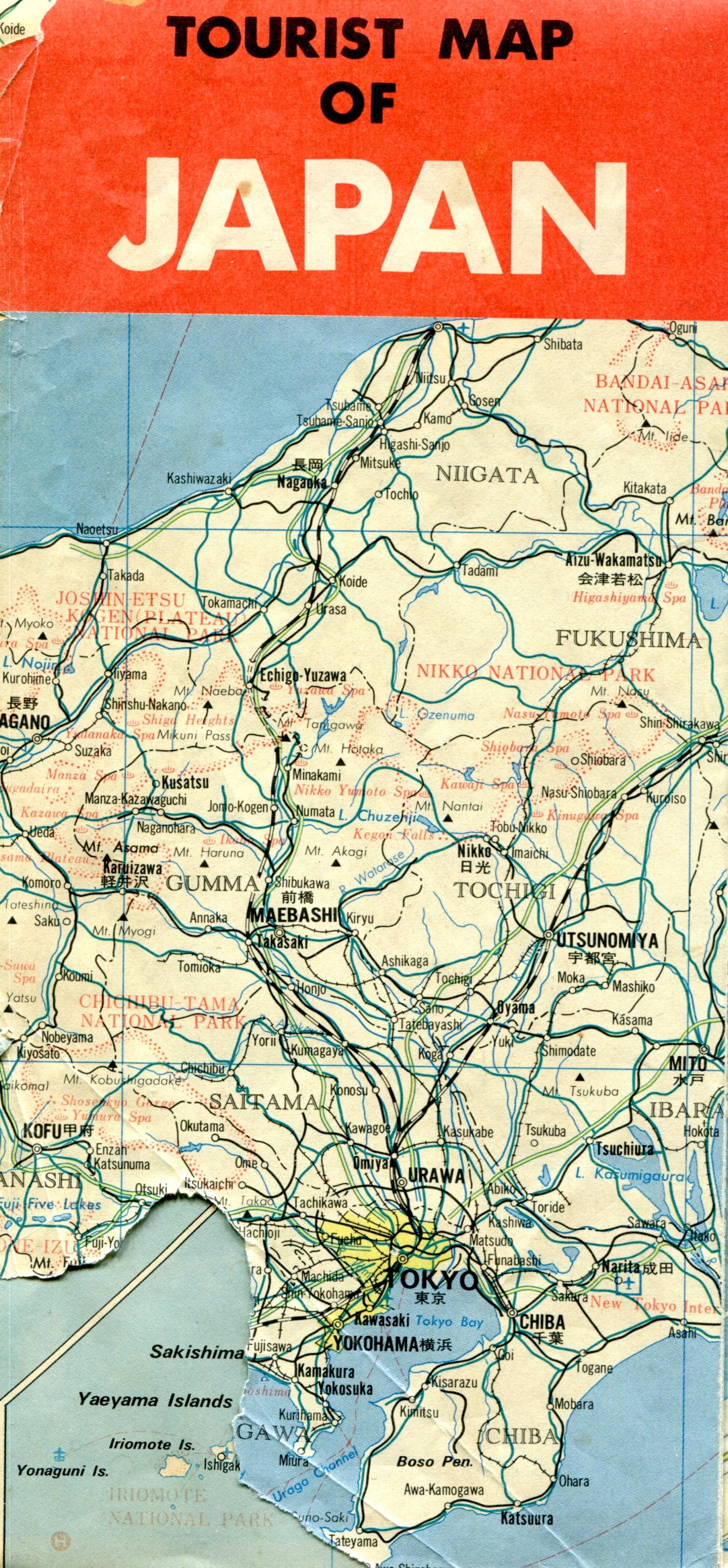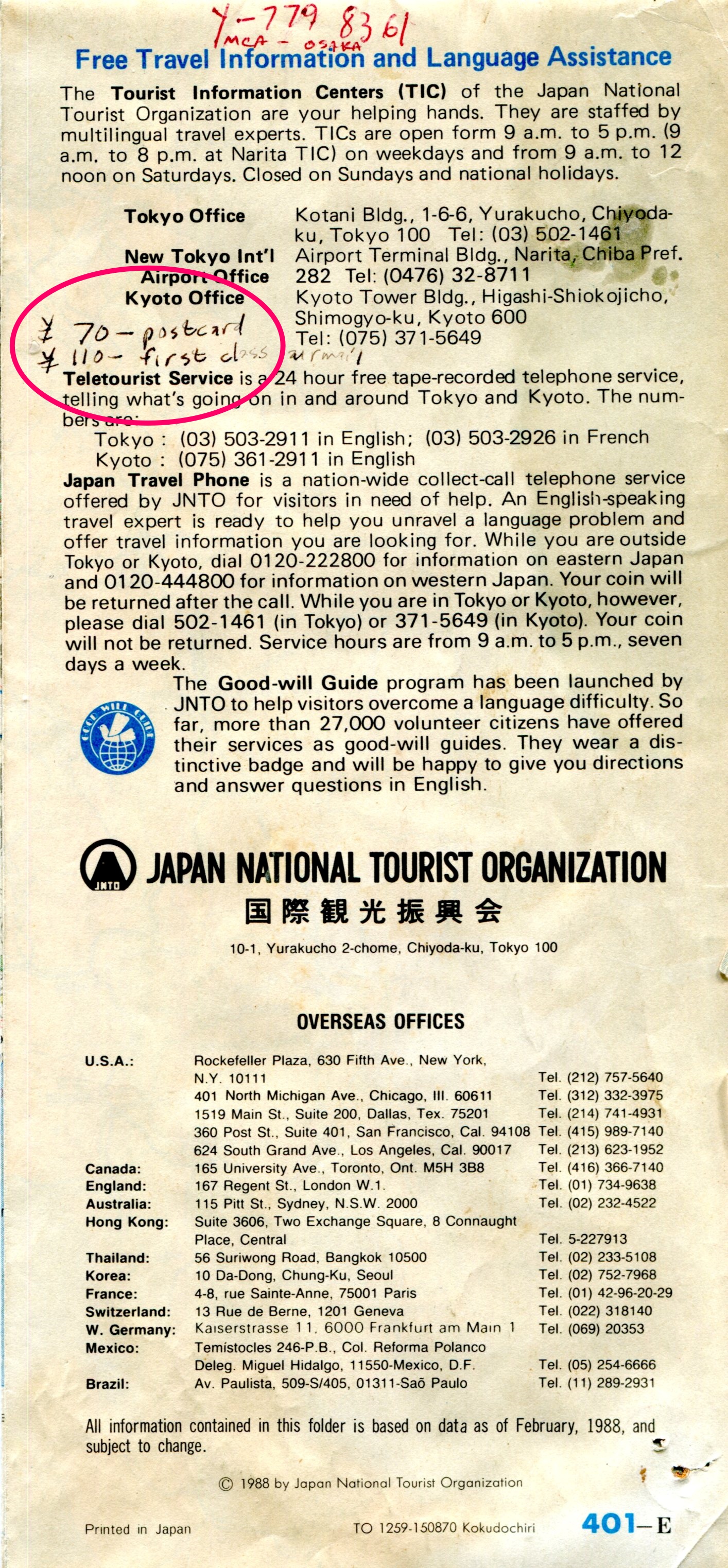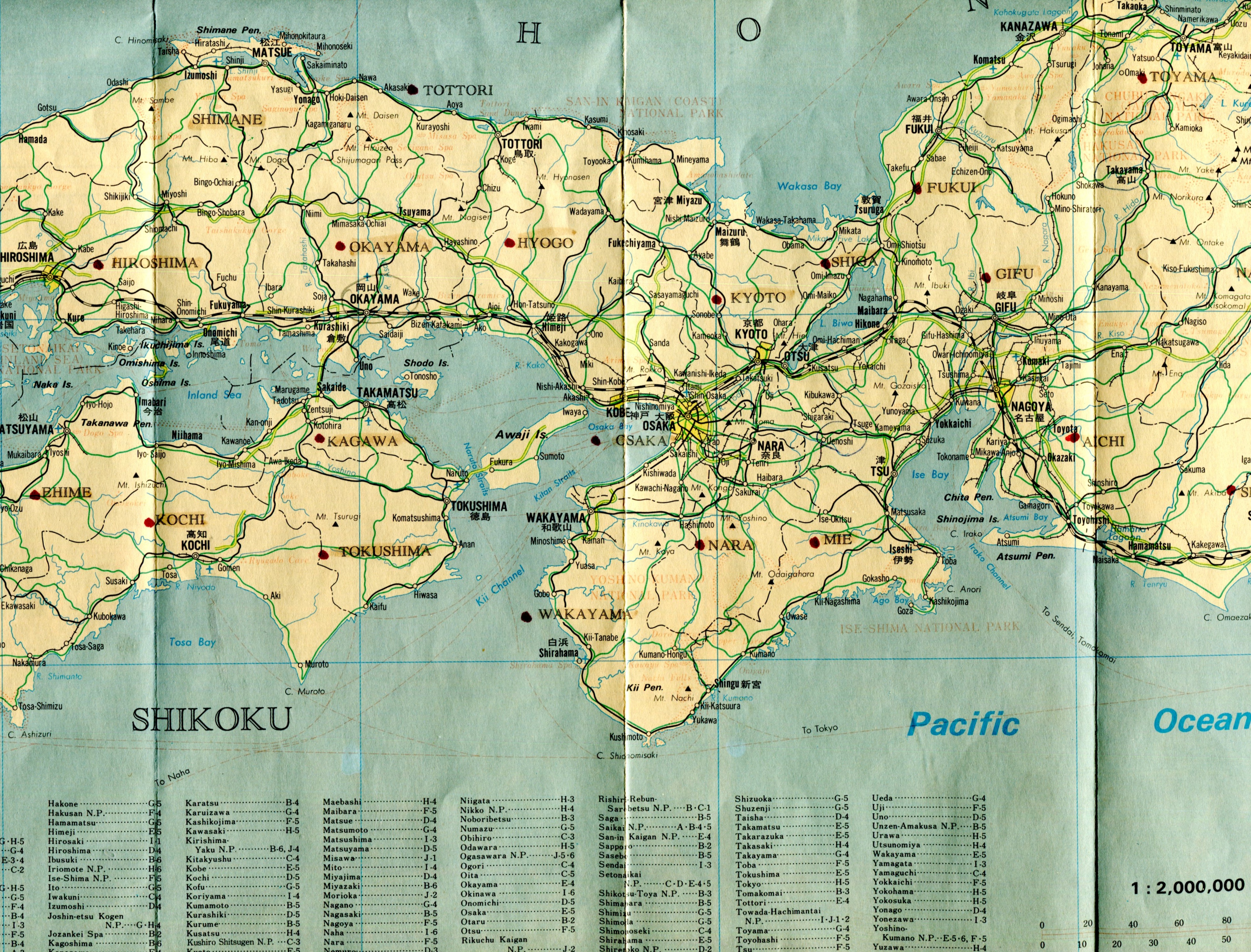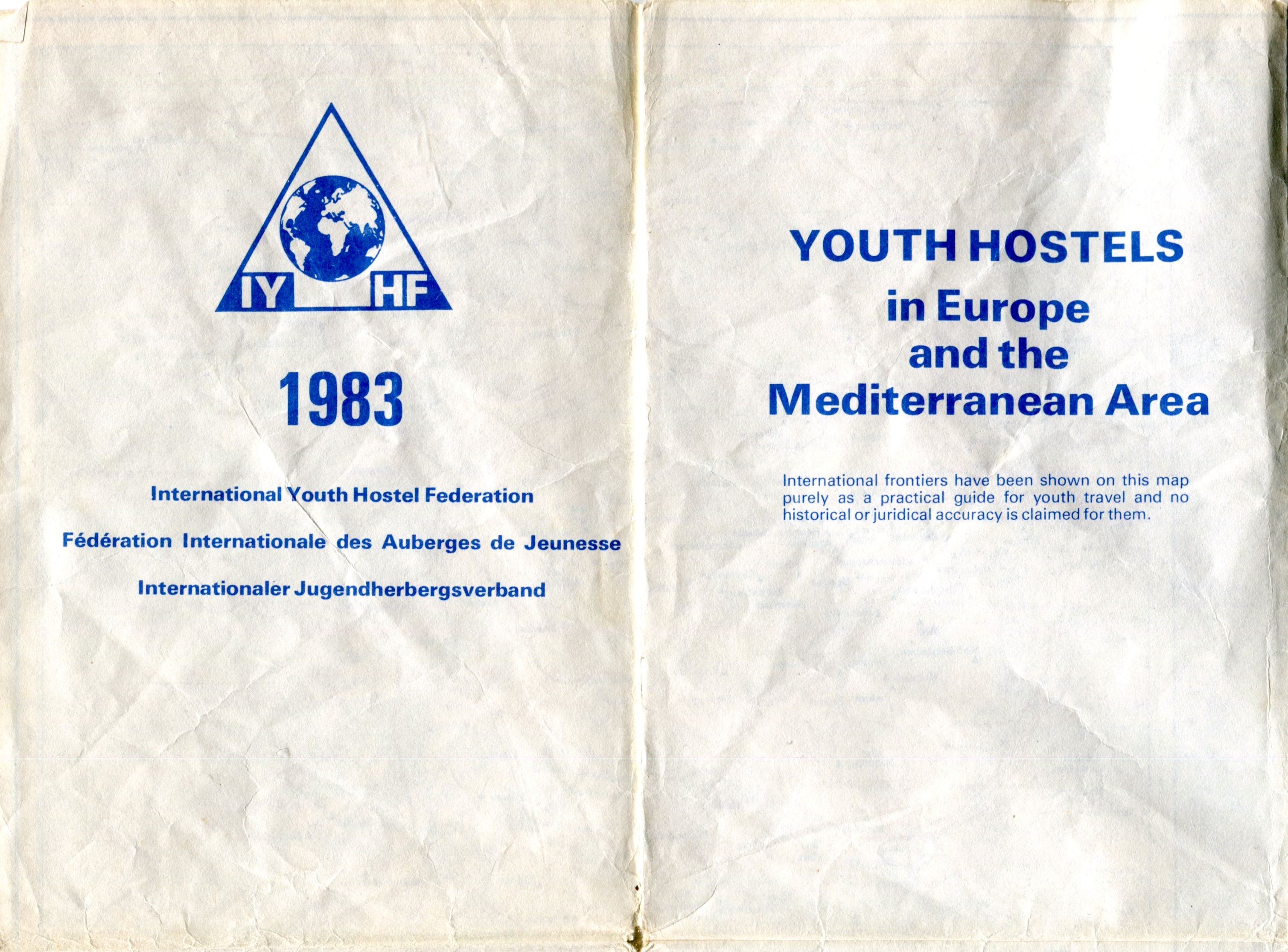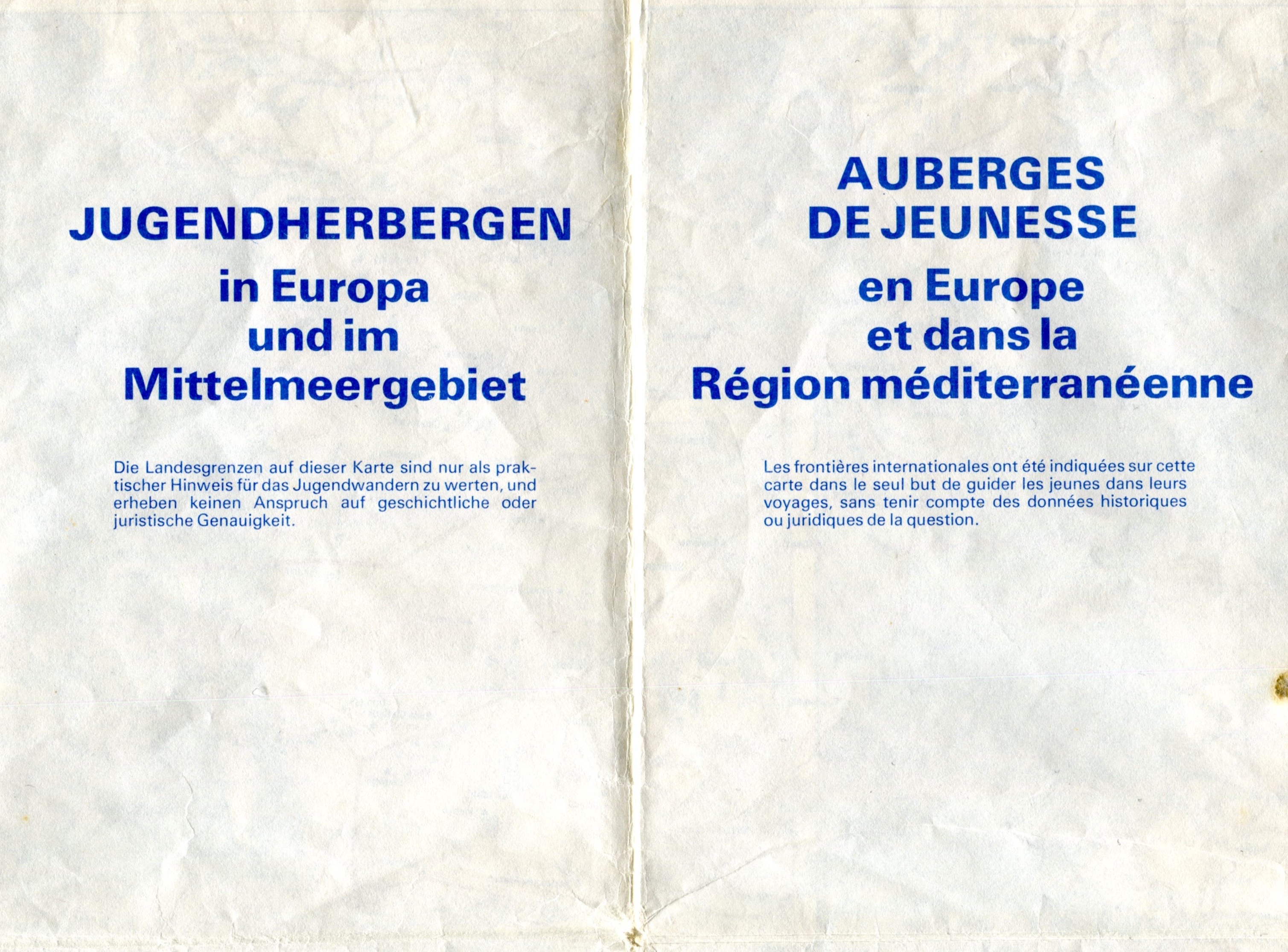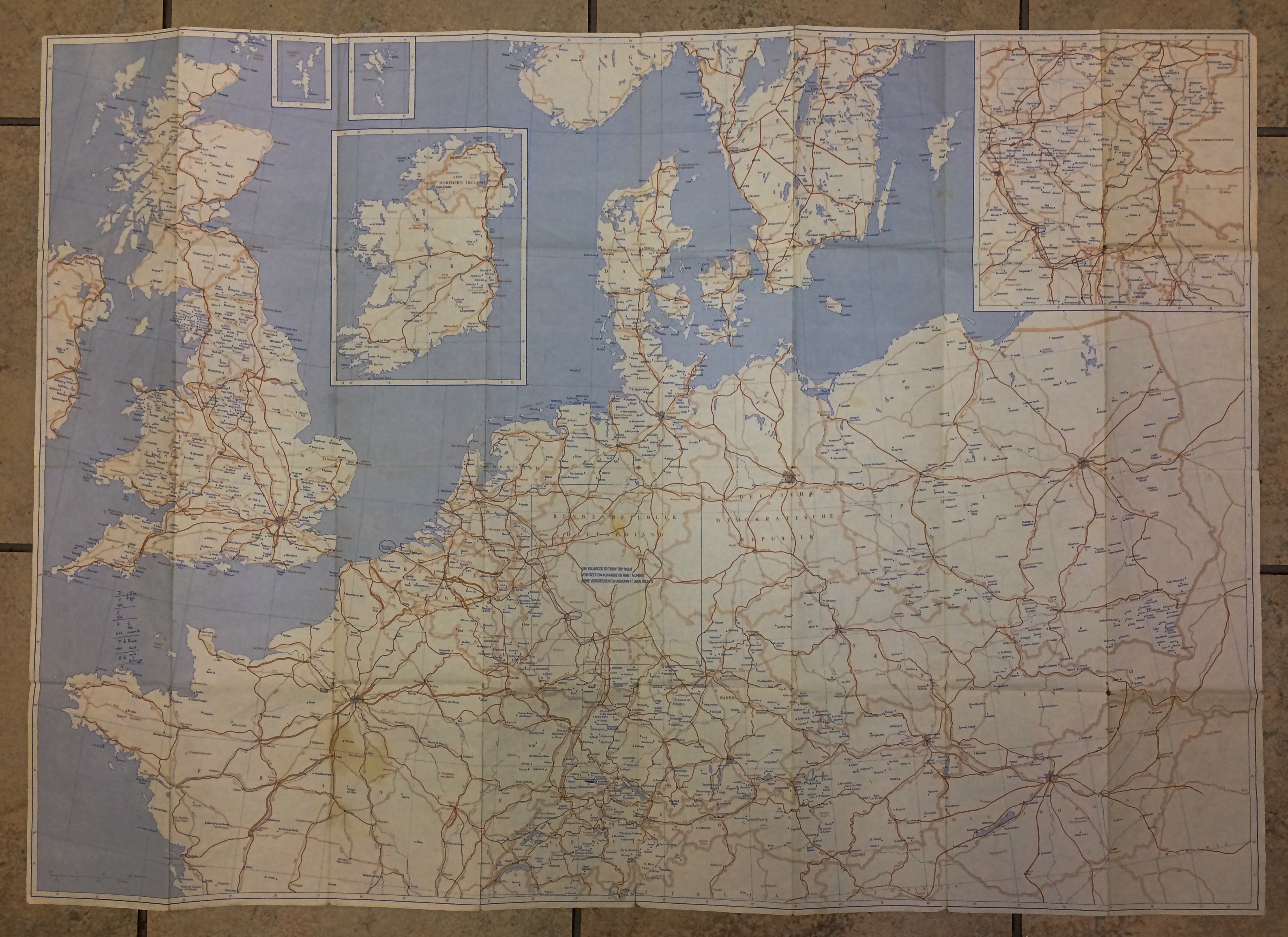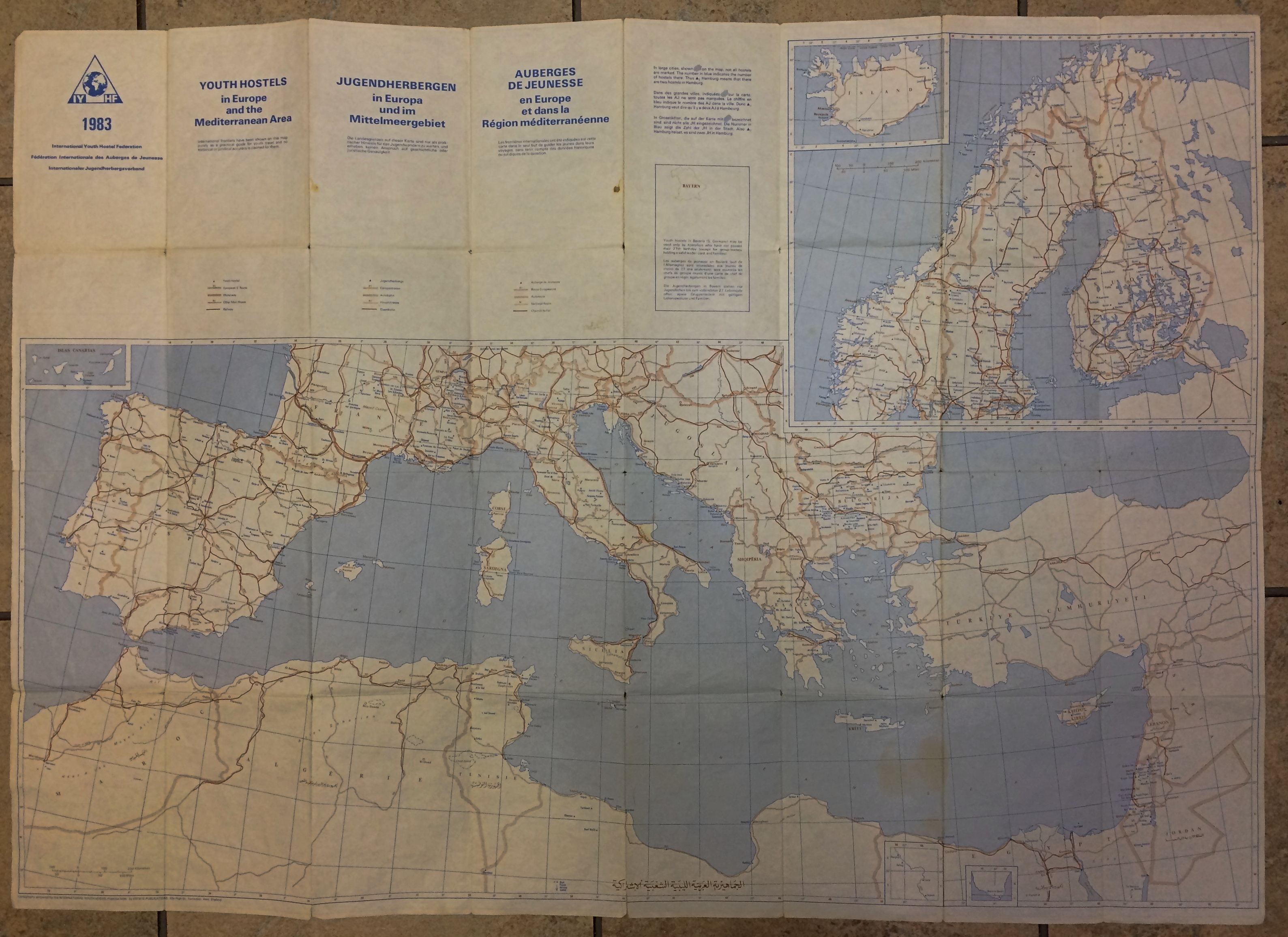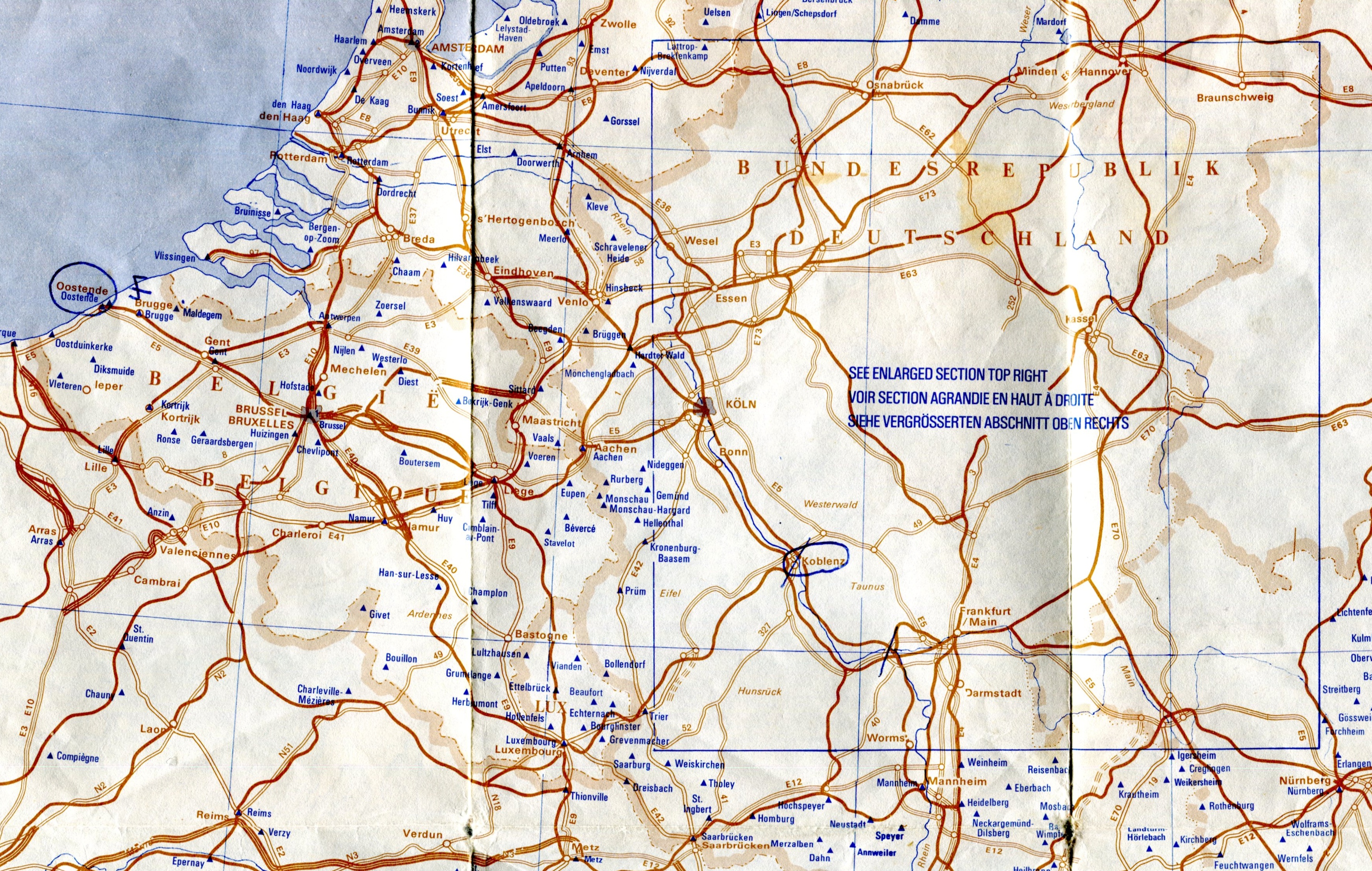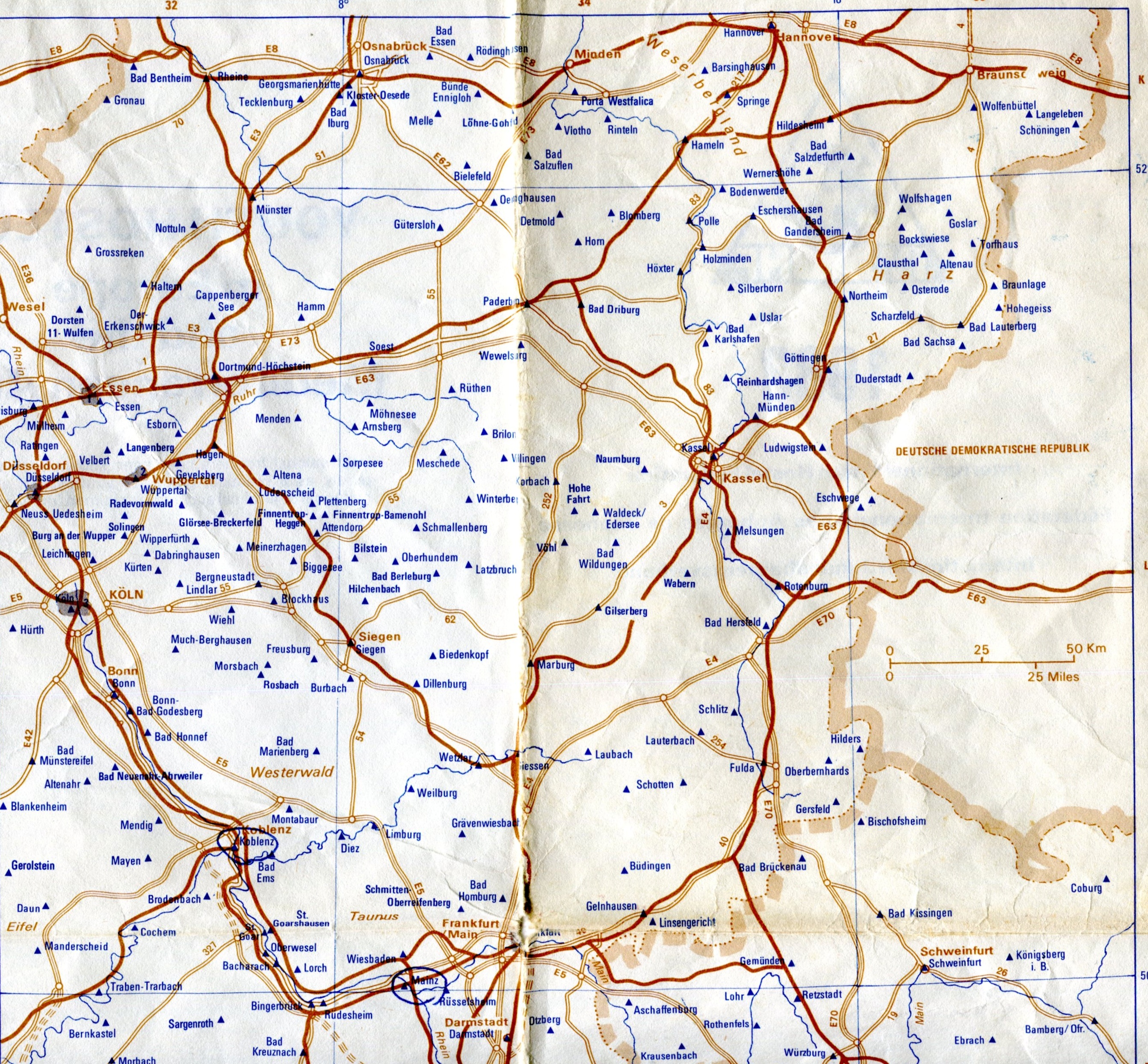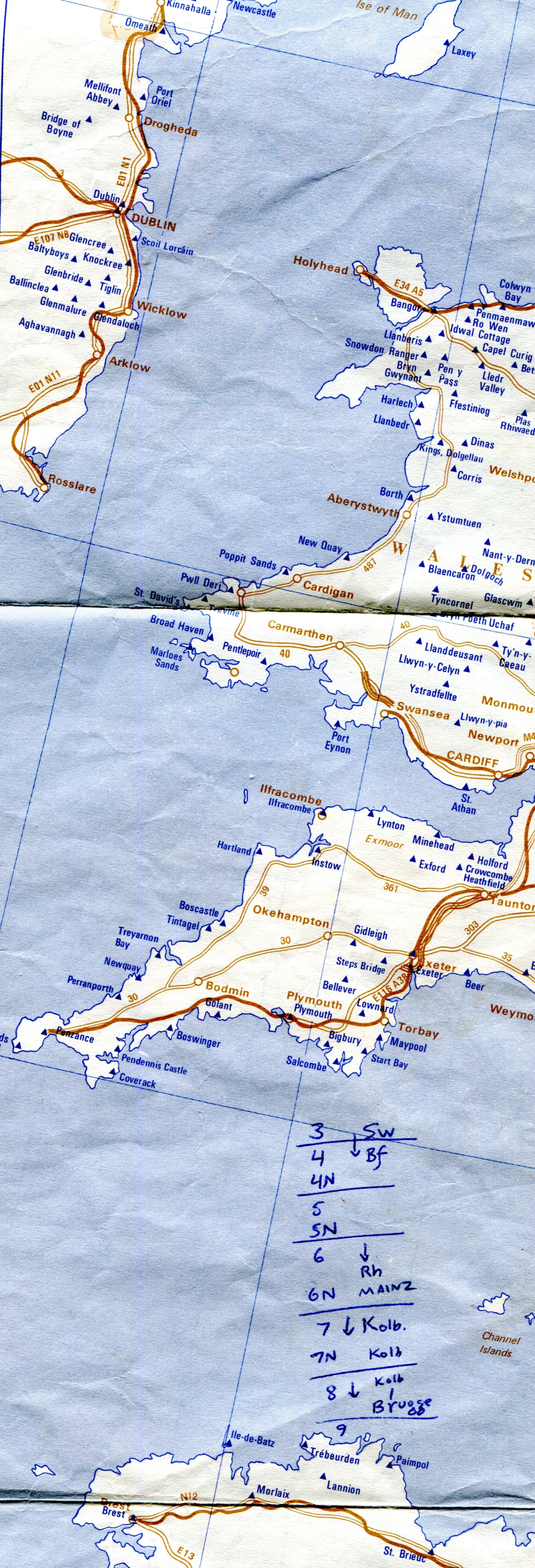For early March, and especially considering the snows and bitter days of February, Sunday felt gloriously warm. Temps were in the mid-50s by the early afternoon, and we needed no further encouragement to go find a place to walk, though it took some driving to get there.
We went south. There are lots of places to see in southern metro Chicago, including the Joliet Iron Works Historic Site.

Industrial ruins, that is. Unfortunately not the towering metal husks you might see in Pittsburgh or Birmingham, Alabama, but worth a look all the same.
A path runs through the ruins about a half mile, roughly parallel to RR tracks to the east, and the Illinois & Michigan Canal to the west, though those aren’t always visible.
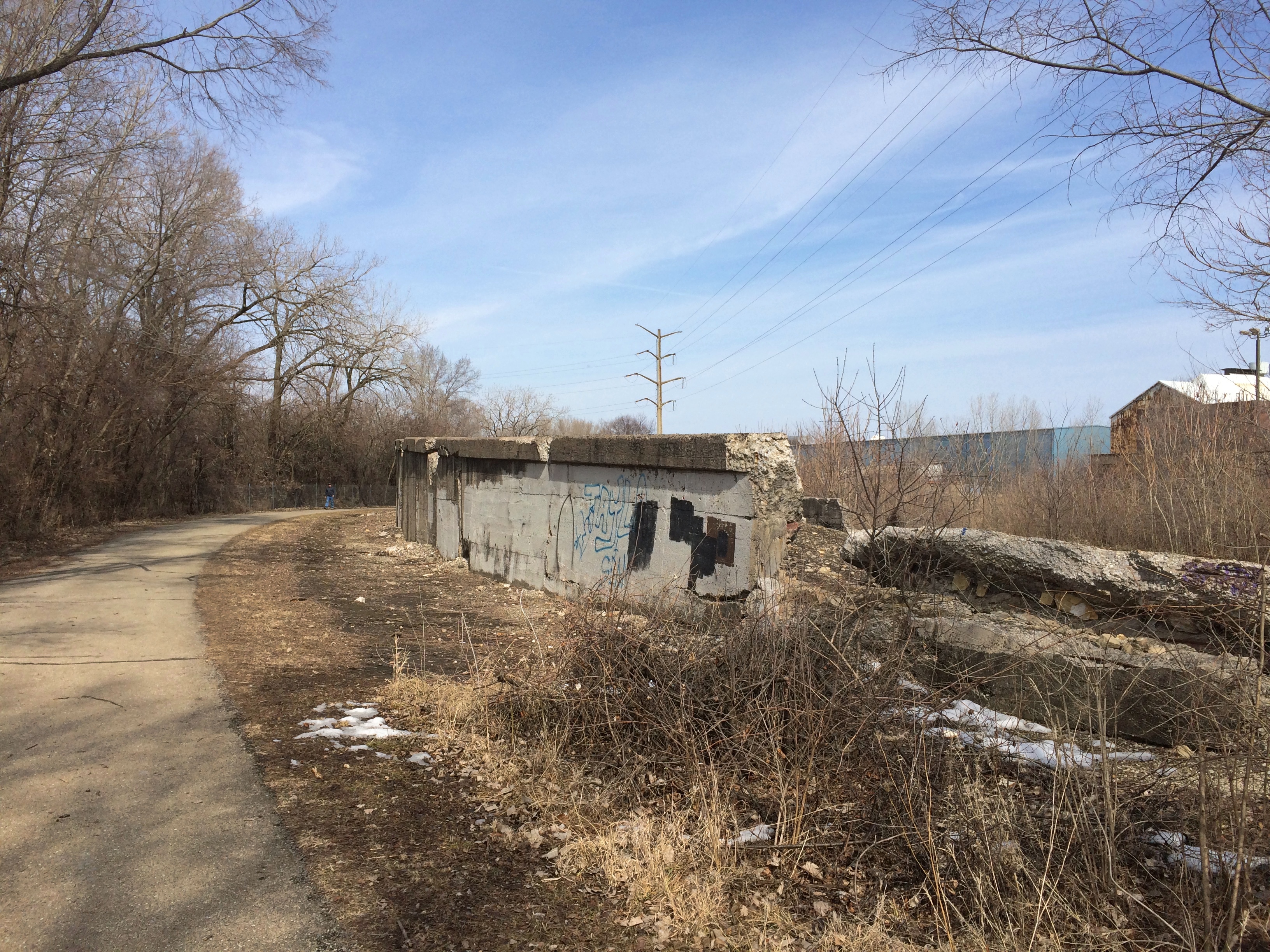
Toward the southern end of the site, it’s mostly rubble, and not always much at that.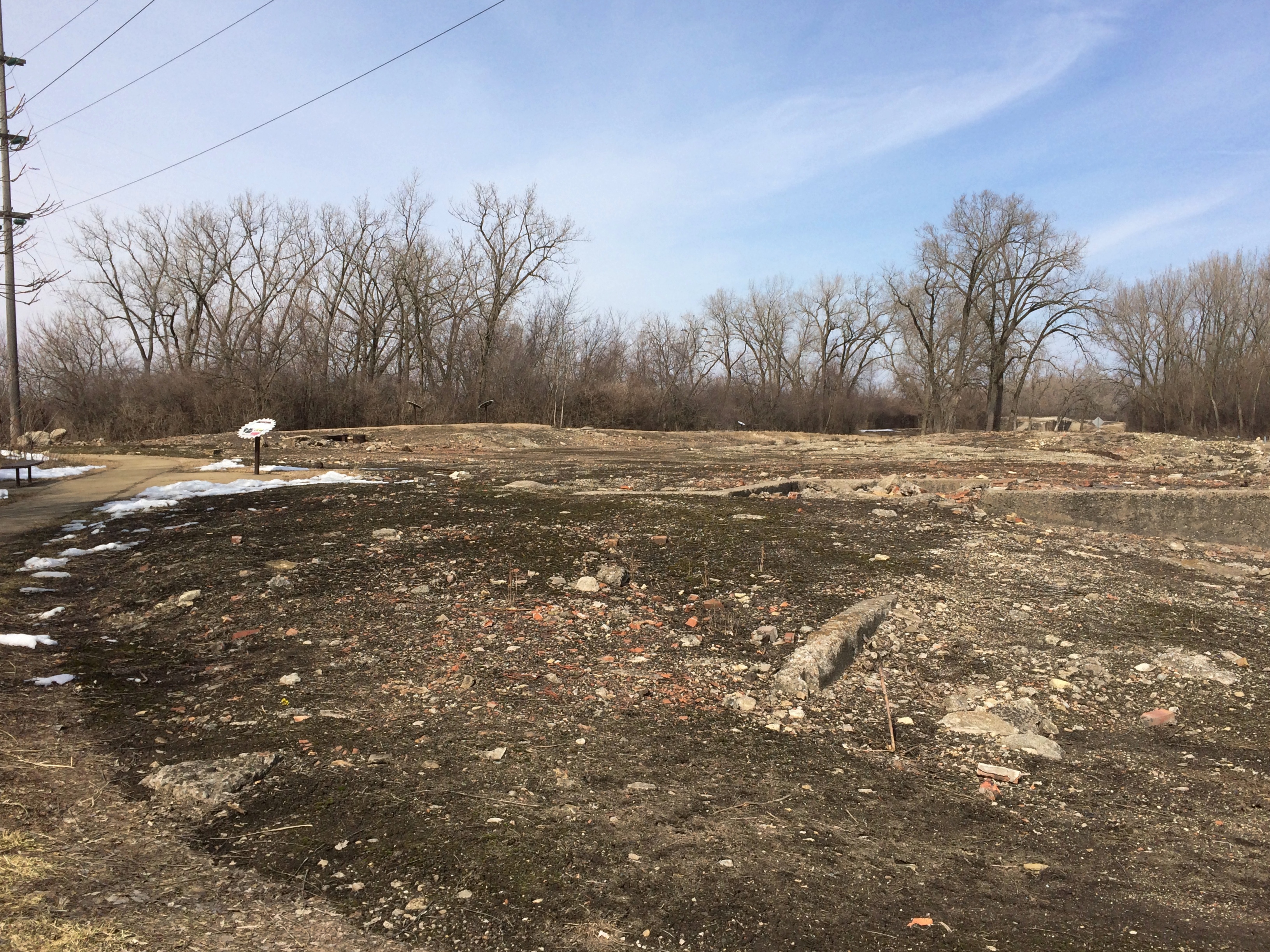
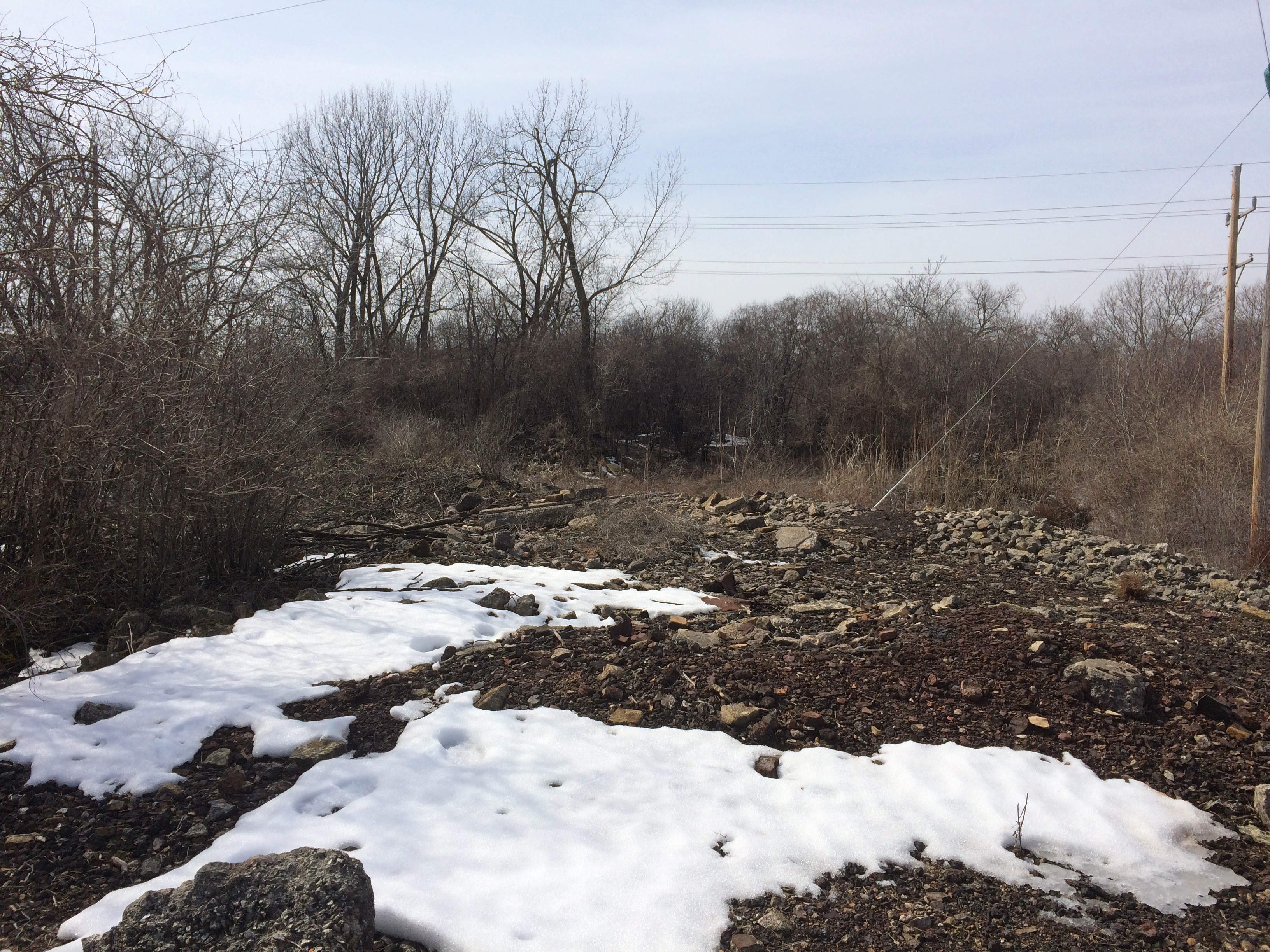
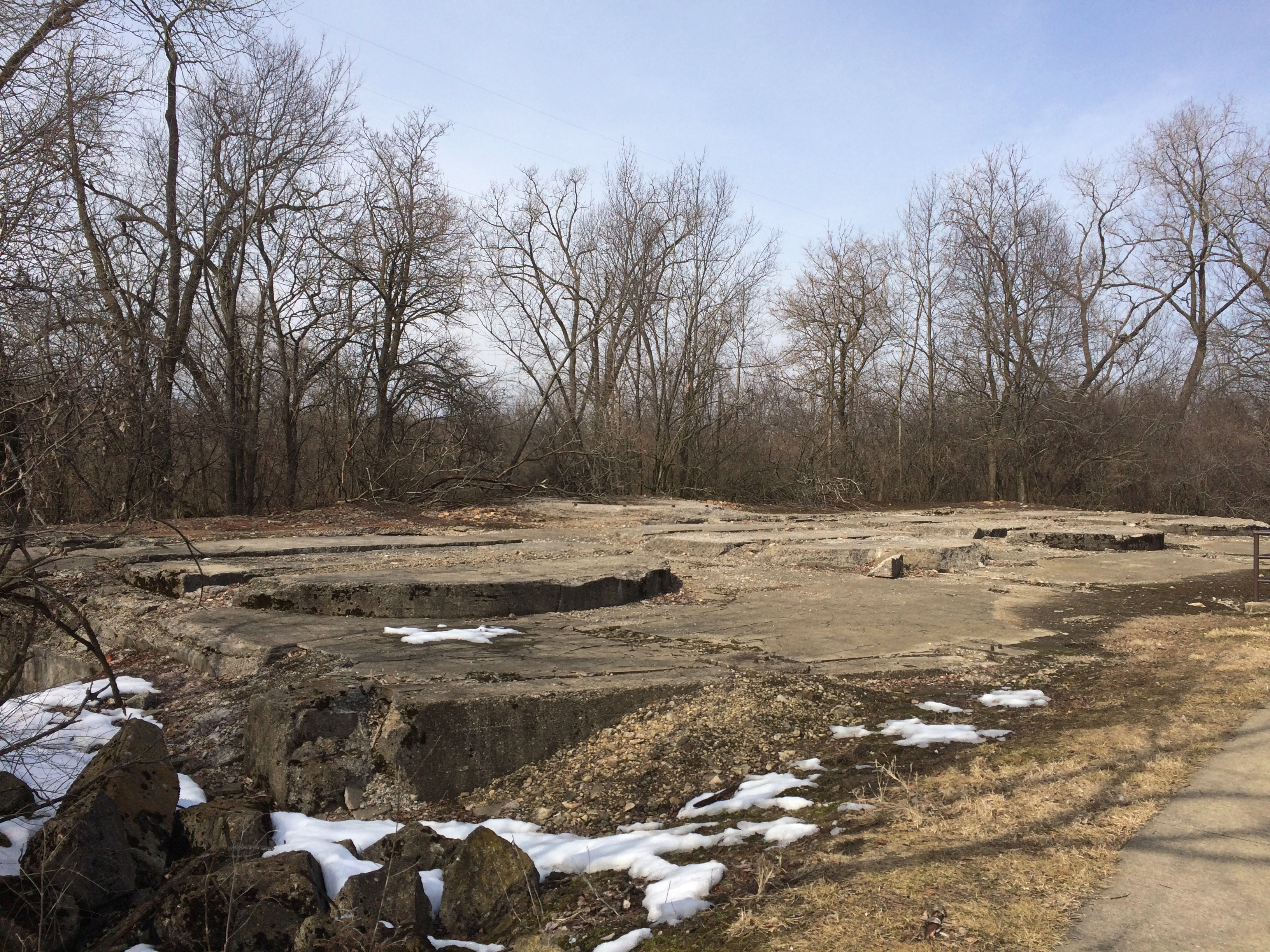 Further north, there are the stubs of the sizable structures that used to be there.
Further north, there are the stubs of the sizable structures that used to be there.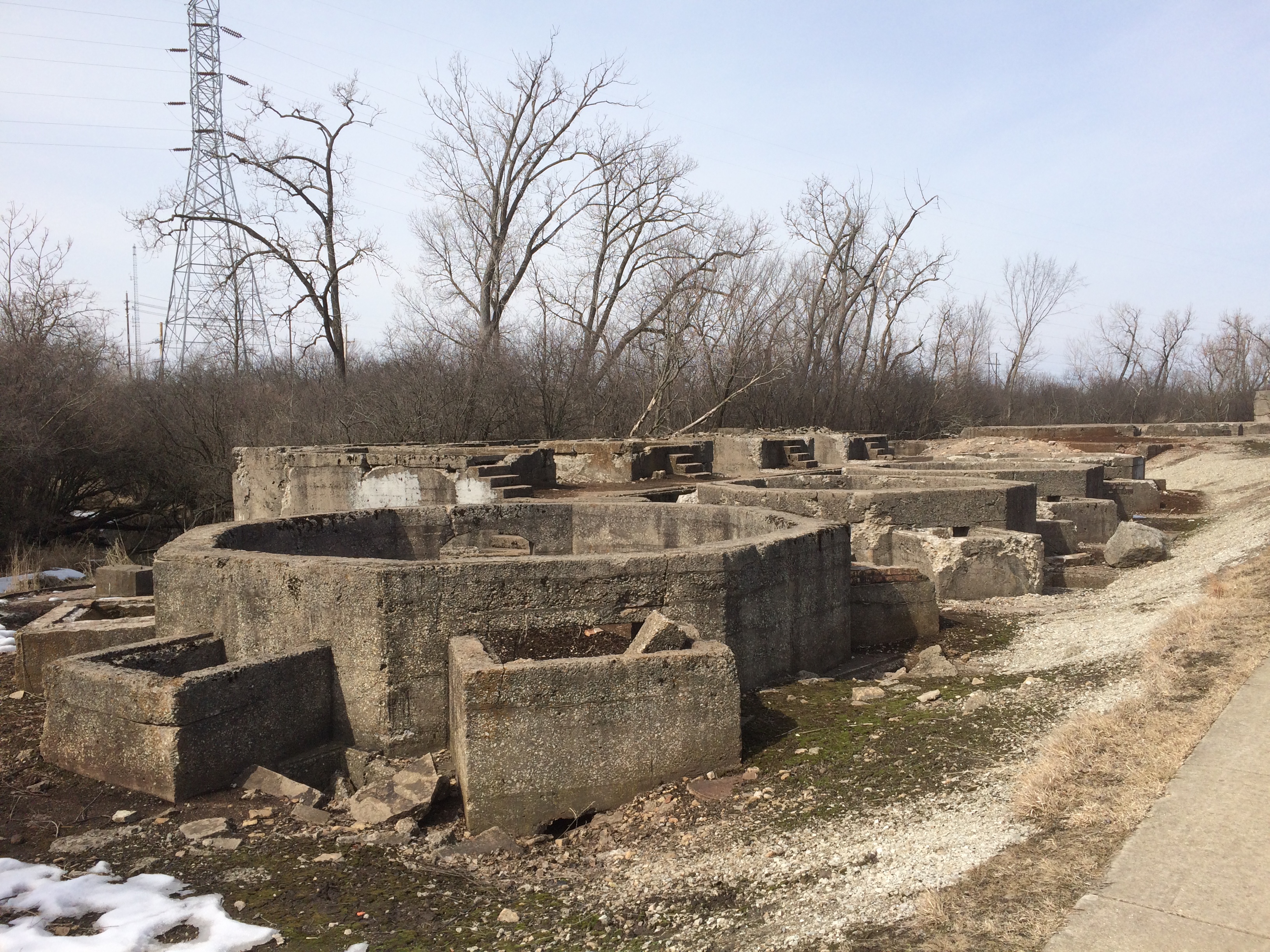

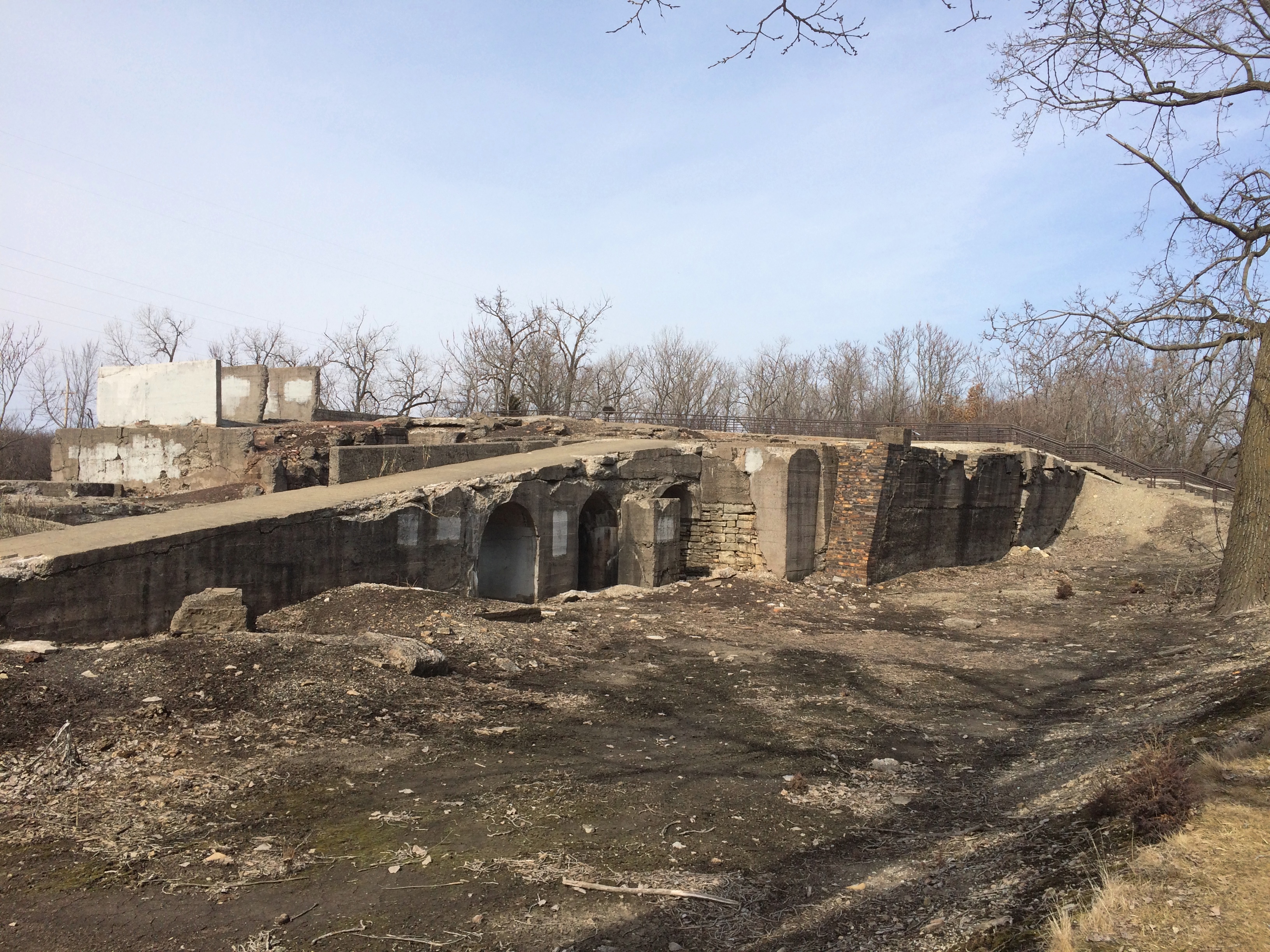
Including some dark holes.
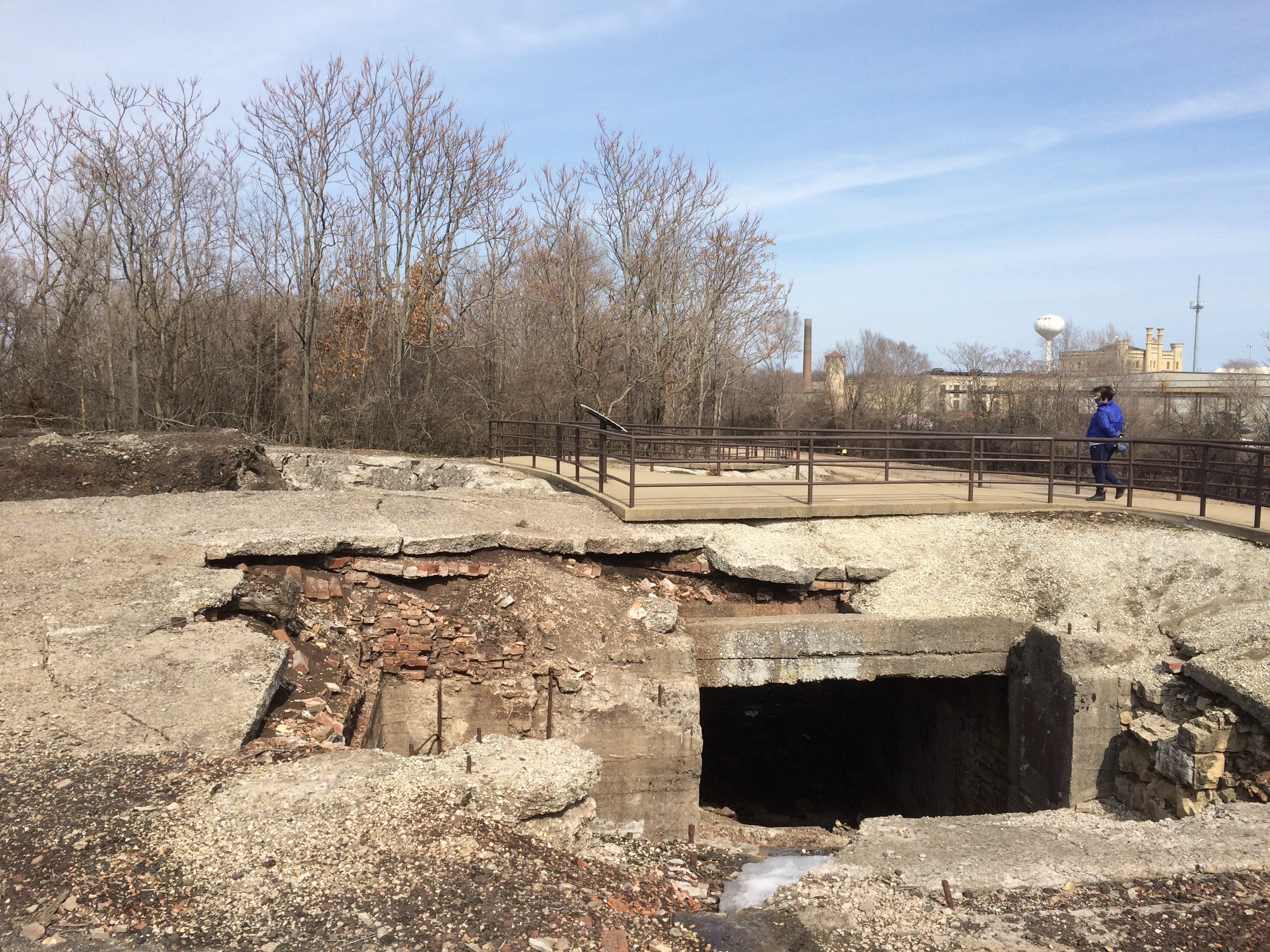
This pit is the foundation of a once mighty, and mighty dangerous, blast furnace.
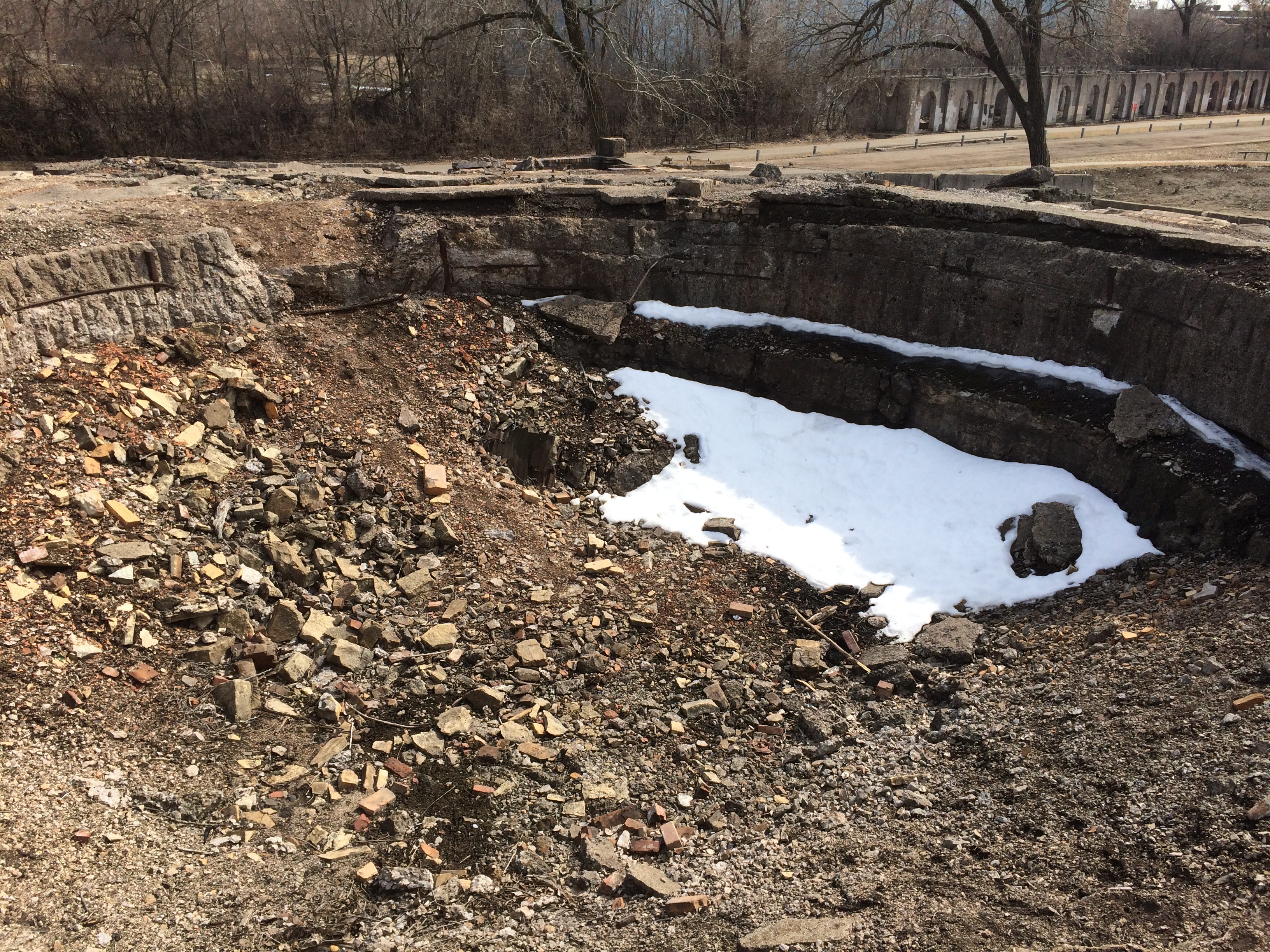
Once I was reminded of some of the images of Knossos that I’ve seen. Like this one.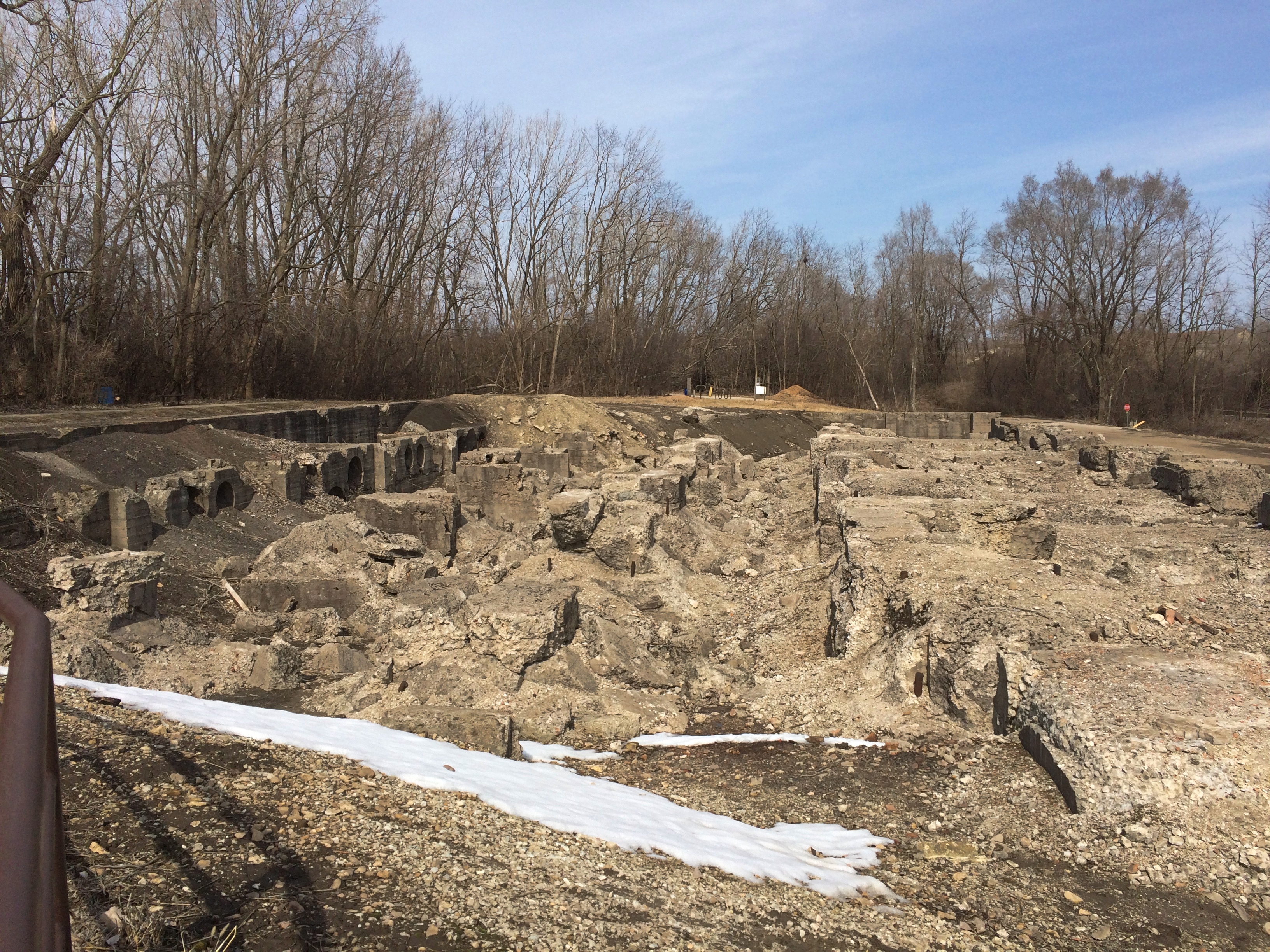
“The factory opened in 1869 and was a massive facility for the time….” notes Atlas Obscura. “Employing four huge blast furnaces and a few thousand employees, the metal works produced around 2,000 tons of raw pig iron each day.”
Not sure where that figure came from. On site, one of the signs said that soon after the plant opened, the total was 50 tons of pig iron a day. By 1910, production was 400 tons a day.
“The plant kept putting out metals until 1936 when it closed for a short time before being reopened [for the war effort]. However, its new life was not to last that long either, as the works became unprofitable and were abandoned in the 1980s.”
Surprisingly little graffiti marks the ruins, though there are places where it’s clear it has been painted over. Such as here.
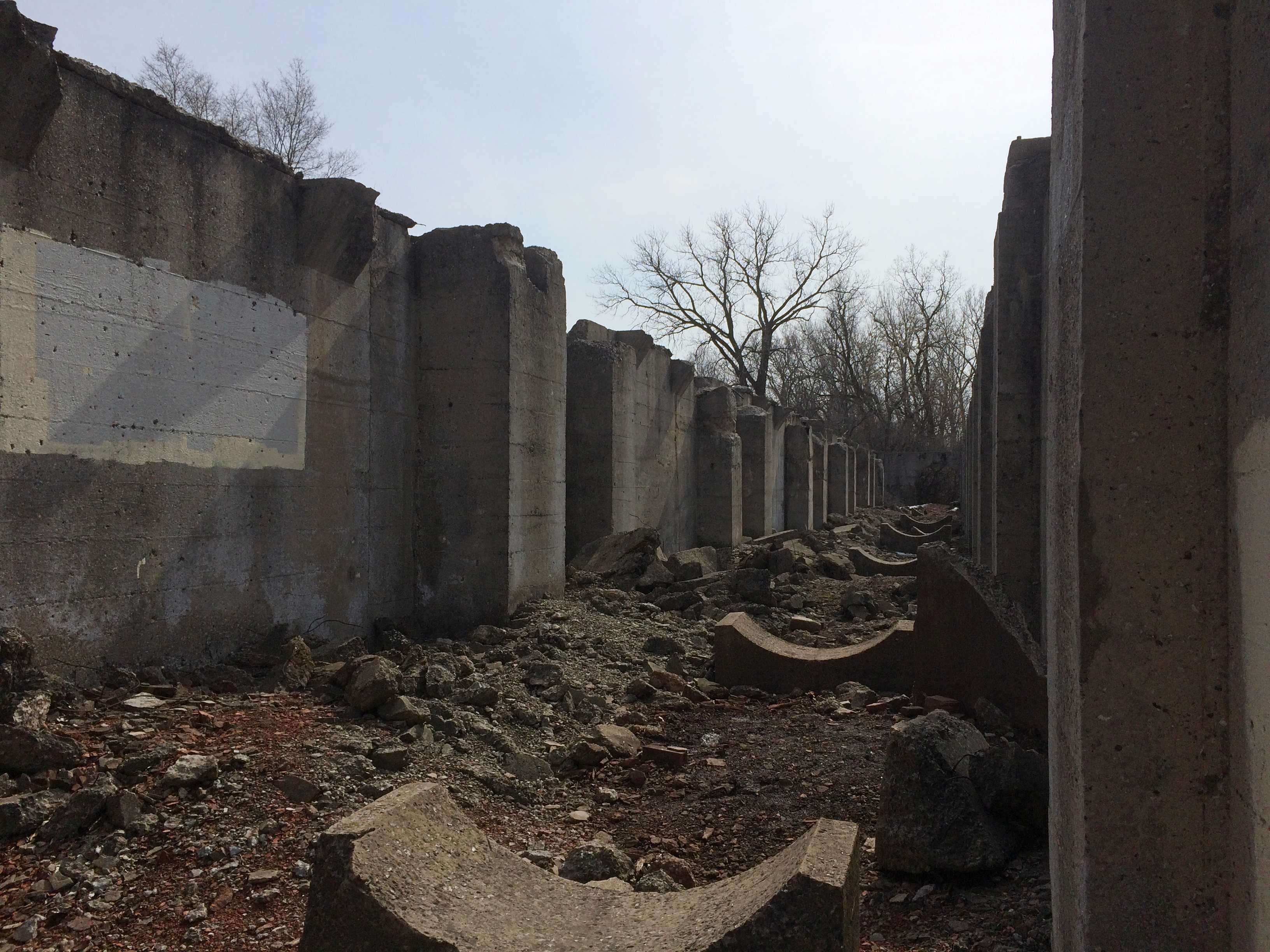
But new graffiti is probably added regularly.

The Forest Preserve District of Will County acquired the site in the 1990s, and stabilization efforts have been enough to allow it to be open to the public. Parts of the site, anyway.
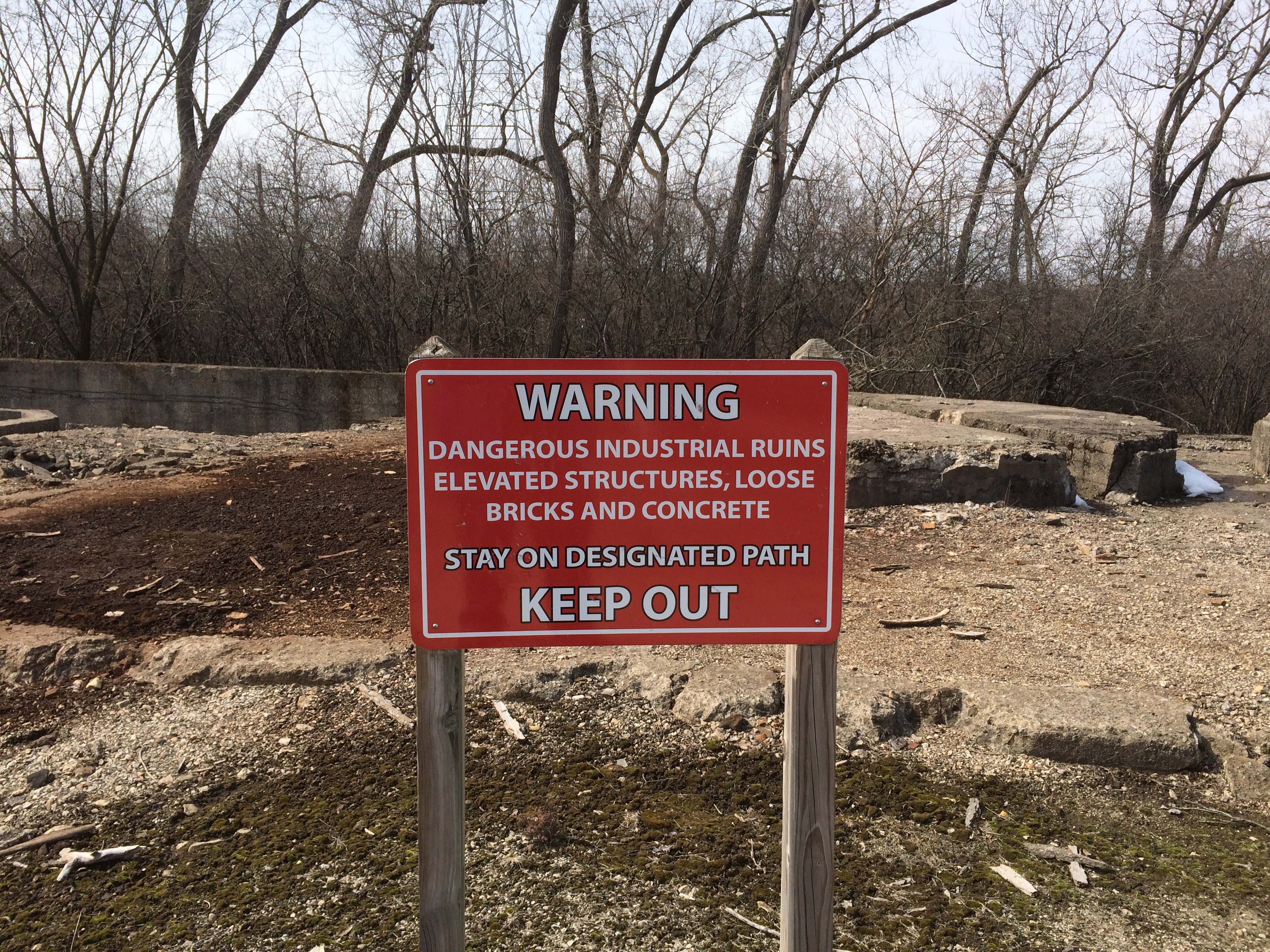
You can’t say you haven’t been warned.

